The mid-range TV segment is expanding rapidly, and the TCL C75B demonstrates that you can get really solid equipment in this price range. This model has been clearly designed with gamers in mind – the HDMI 2.1 port offers ample scope, providing VRR, ALLM, as well as impressive 144 Hz refresh rates in 4K (or 240 Hz in Full HD), which will surely satisfy both gaming and sports fans. Operating the TV is enjoyable and intuitive, mainly thanks to the Google TV system. Although you may encounter slight stutters, the wealth of available applications and features compensates for that – practically everything we need is at our fingertips or even accessible by voice if we wish to converse with the remote in Polish. As for picture quality, the TCL C75B also performs well. Thanks to its VA panel, it boasts quite good contrast, and the presence of Dolby Vision allows for enjoyable HDR effects, even if the brightness isn't groundbreaking. Of course, it is not equipment without flaws – despite the fast panel, there is some motion blur, and the lack of traditional features (like USB recording) may disappoint some users. Nevertheless, in its price category, the C75B is a very attractive option, especially for those looking for a screen designed for high-level gaming.
- Matching (Score)
- Our verdict
- TV appearance
- Where to buy
- Contrast and black detail
- HDR effect quality
- Factory color reproduction
- Color reproduction after calibration
- Smoothness of tonal transitions
- Image scaling and smoothness of tonal transitions
- Blur and motion smoothness
- Console compatibility and gaming features
- Input lag
- Compatibility with PC
- Viewing angles
- TV efficiency during daytime
- Details about the matrix
- TV features
- Apps
- Playing files from USB
- Sound
TCL C75B vs Samsung Q8F
Direct compare

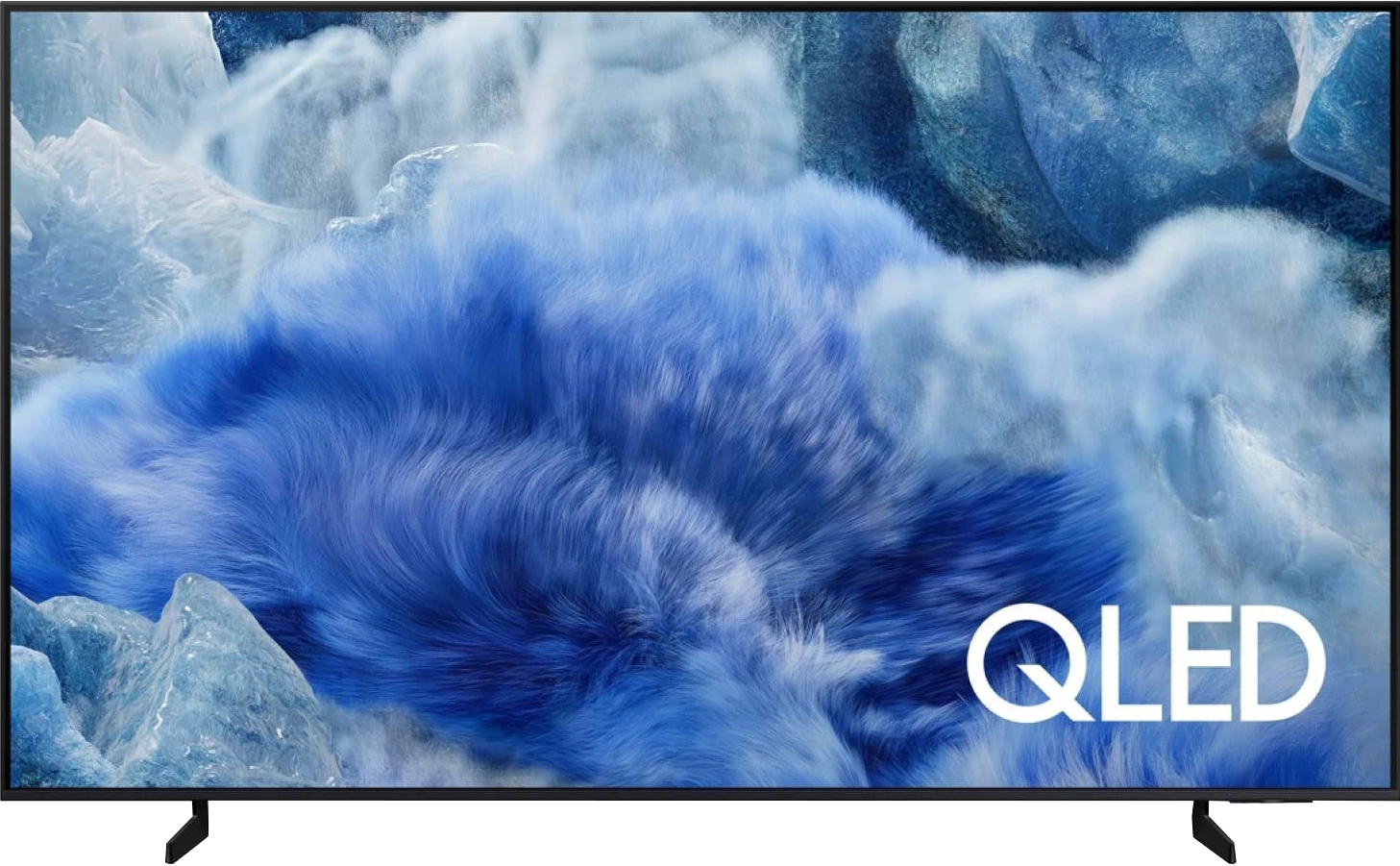
Panel type: LCD VA
Resolution: 3840x2160
System: Google TV
Model year: 2024
Complete the survey to find out the result

Panel type: LCD VA
Resolution: 3840x2160
System: Tizen
Model year: 2025
Complete the survey to find out the result

Overall rating
6.6
6.3
Movies and series in UHD quality
6.4
6.3
Classic TV, YouTube
6.0
6.0
Sports broadcasts (TV and apps)
6.2
5.1
Gaming on console
8.4
6.9
TV as a computer monitor
7.6
6.0
Watching in bright light
4.9
5.6
Utility functions
6.6
7.3
Apps
9.6
8.7
Sound quality
6.6
6.0
Complete the survey to find out what fits your preferences
Advantages
Great television for gamers - HDMI 2.1: VRR, ALLM, Game Bar
Very high refresh rate - 240Hz in FullHD and 144Hz in 4K
Very low input lag - 9ms
Advanced operating system - GoogleTV
Support for Dolby Vision, HDR10+
Decent blacks thanks to the VA panel
Solid contrast thanks to the VA panel
Quite good brightness in SDR and HDR (up to around 500 nits)
Satin finish handles reflections well
Tizen operating system – fast, intuitive, with a rich selection of applications
Solar remote with USB-C charging
Integration with the SmartThings ecosystem
Excellent input lag
Good font readability when working with a PC, suitable as a monitor for text tasks
Adjustable stand on multiple planes
Disadvantages
Limited brightness (350 cd/m²), making it difficult to watch in bright rooms
Issues with the smoothness of the Google TV system
Lack of traditional features such as USB recording or PIP
Average response time of the panel causing motion blur
Severely limited features for gamers (no VRR in practice, no HGiG)*,
No USB recording or PiP functionality
Average digital image processing
*We hope that the promises on the promotional brochures will be quickly fulfilled through software updates.
Our verdict
Samsung Q8F is quite a successful continuation of the Q67D model. It offers similar image quality in HDR content, and with a brightness of around 500 nits, it can create an effect that is hard to call average. The support for the HDR10+ format also helps, as it has been realistically competing with Dolby Vision for some time and delivers comparable experiences in many productions. The contrast is another positive aspect – for a VA panel, it performs solidly and allows for enjoyable blacks in films and series. However, the greatest advantage of the Q8F remains the operating system. Tizen operates quickly, provides access to many applications, and works well with the SmartThings ecosystem, allowing the television to easily integrate into a larger network of home devices. Interestingly, the Q8F also has a niche application – thanks to its very good font readability, it performs excellently as a screen for working with text. Additionally, there is an adjustable stand that allows the television to be set on practically any desk or narrower TV cabinet. The biggest drawback, in our opinion, is not the image quality itself – as it is difficult to expect miracles in this price range – but rather what has happened to the gaming features. Options such as VRR and HGiG have disappeared with updates, which were available even in simpler constructions in previous generations. Indeed! The manufacturer even boasts about the availability of these features in its catalogue. This makes it difficult to recommend the Q8F to anyone today who plans to connect a console and expects full support for new technologies. Thus, the Q8F is a television that can be appealing – primarily for its design, above-average image quality, and efficient Tizen system. But at the same time, one can see a step backward compared to its predecessor. Let us hope that Samsung will manage to quickly rectify these shortcomings, as otherwise even such a successful 'everyday' television may leave some users with a sense of dissatisfaction.
TV appearance




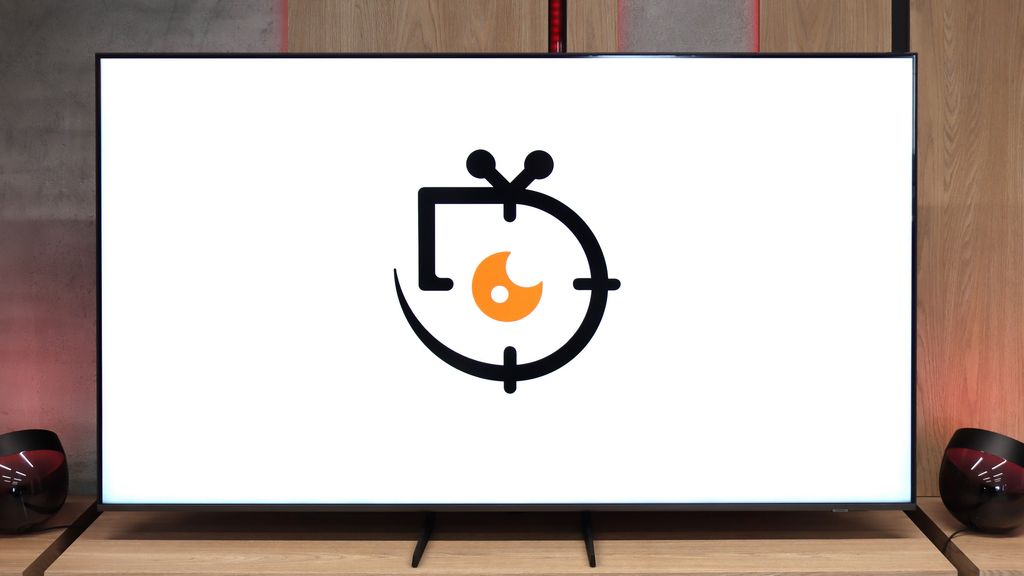
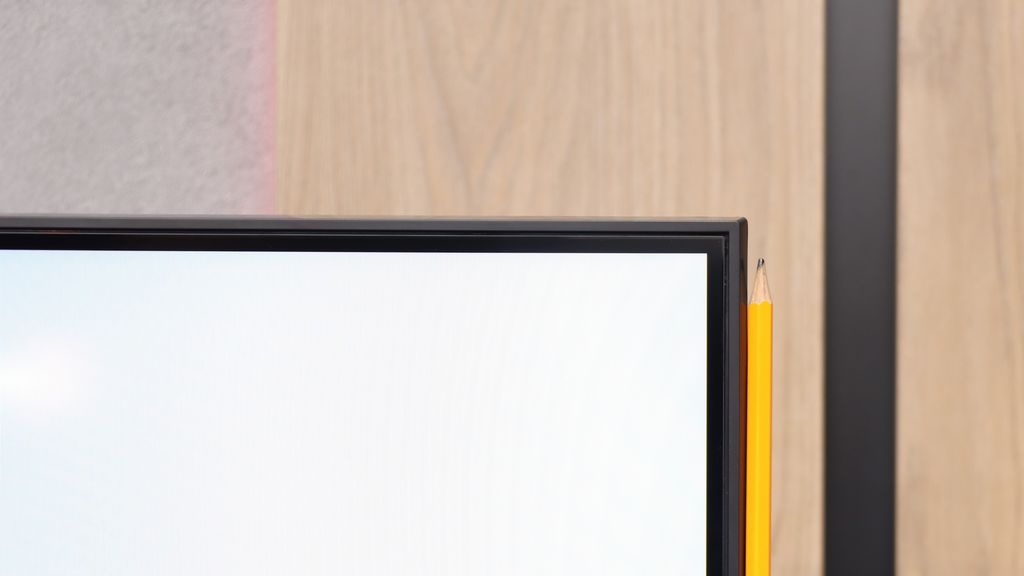
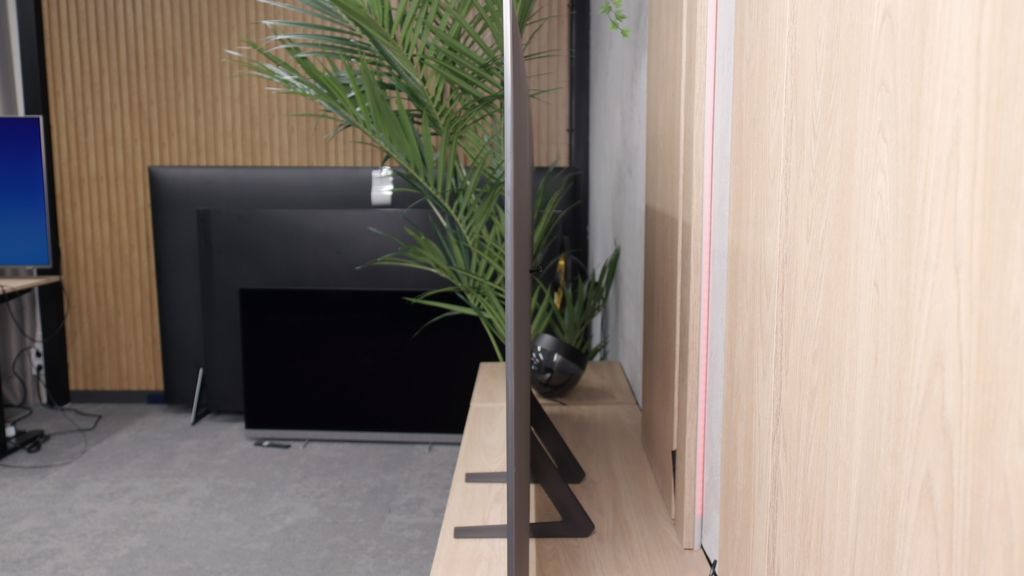
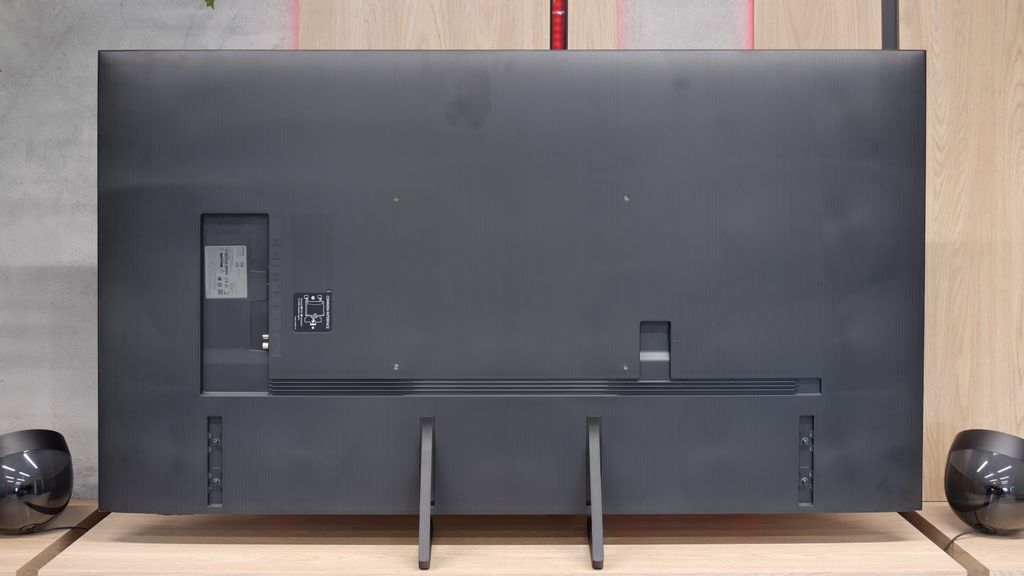
Contrast and black detail
5.9/10
5.5/10
Local dimming function: No
Local dimming function: No
Contrast:

Result
5,400:1

Result
5,700:1

Result
6,600:1

Result
6,250:1

Result
4,100:1

Result
5,200:1

Result
4,650:1

Result
3,650:1

Result
4,100:1

Result
4,150:1
Halo effect and black detail visibility:

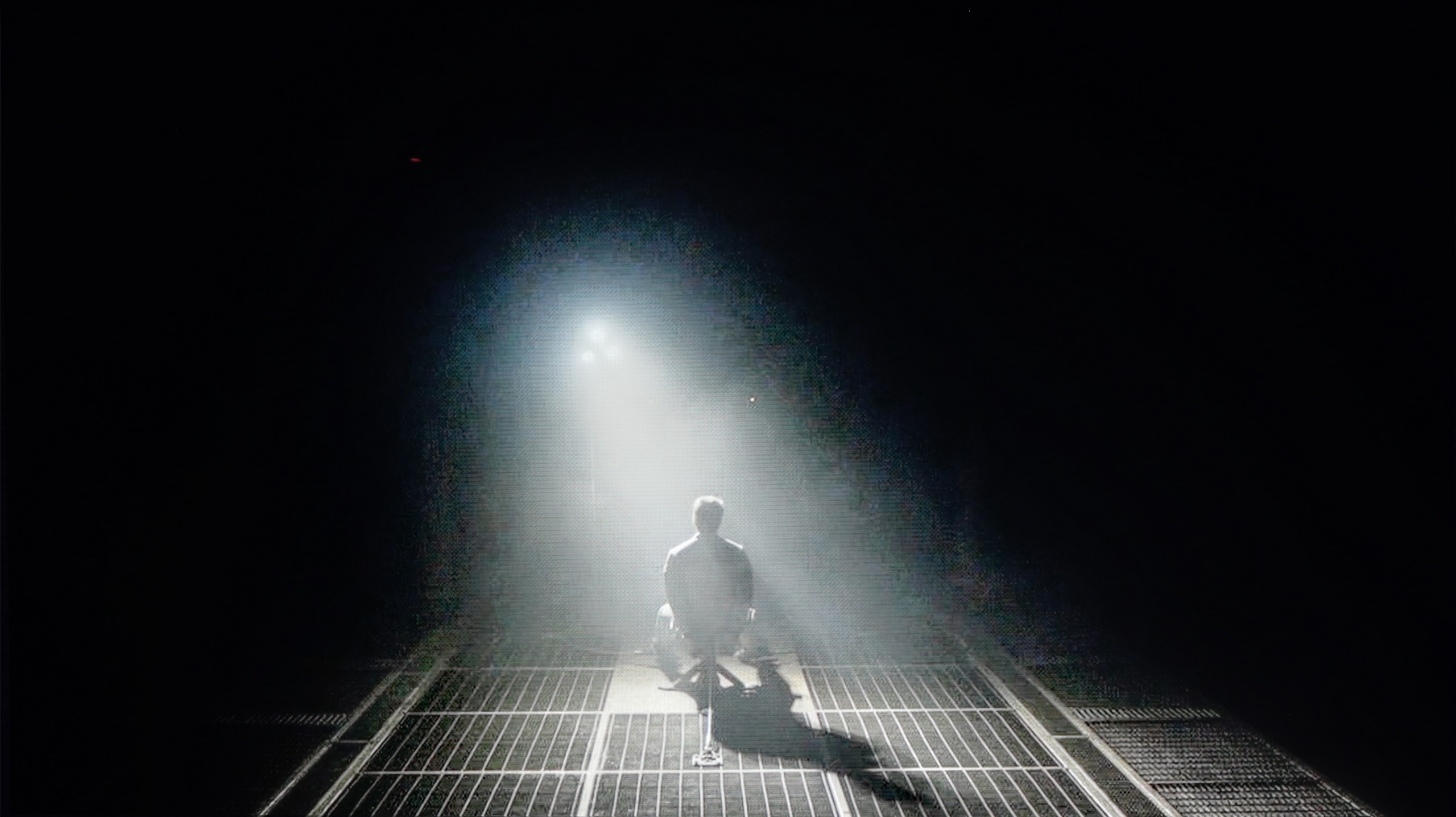
The TCL C75B television tested by us in size X" is equipped with a VA panel, which naturally provides quite decent contrast results – and this was also observed during our tests. On each test pattern, the television achieved a contrast ratio of around 5500:1. This is a result that can be considered very good in this price range. The black levels on this model perform really well, although of course, they are far from perfect.
Due to the C75B's belonging to the mid-range segment, we do not find local dimming technology here. This is particularly noticeable in more demanding scenes, such as those from the film Sicario 2, where we observed that the black takes on a navy shade instead of a deep black. This limitation of panels without local dimming can be especially visible in evening screenings with the lights off, when the dark elements of the image are more prominent. It is worth remembering this when choosing a television in this category, especially if we care about the best quality of black while watching films at night.
Samsung Q8F uses a VA LCD panel, which immediately puts it in a good position when it comes to contrast. By nature, such panels offer deeper blacks than IPS displays, and this effect is indeed noticeable here. In the test patterns, the contrast maintained itself in the range of around 4000:1 to even 6000:1, which in practice results in a surprisingly engaging image, especially in a slightly dimmed living room. Of course, it does not reach the level of LCD screens with local dimming, let alone OLED — sometimes the black can shift to a shade of blue, making the overall image appear flattened. However, Samsung employs a simple trick: so-called global dimming, which dims the entire screen when a lot of dark areas appear. The effect can be impressive, but it comes at the cost of losing some detail, which may not appeal to everyone. Despite this, the Q8F still presents itself significantly better than televisions with IPS panels, offering solid contrast and blacks that can draw you into the cinematic atmosphere.
HDR effect quality
5.3/10
5.2/10
Luminance measurements in HDR:

Result
368 nit

Result
382 nit

Result
429 nit

Result
404 nit

Result
425 nit

Result
473 nit

Result
417 nit

Result
457 nit

Result
210 nit

Result
471 nit
Scene from the movie “Pan” (about 2800 nits)


Scene from the movie “Billy Lynn” (about 1100 nits)

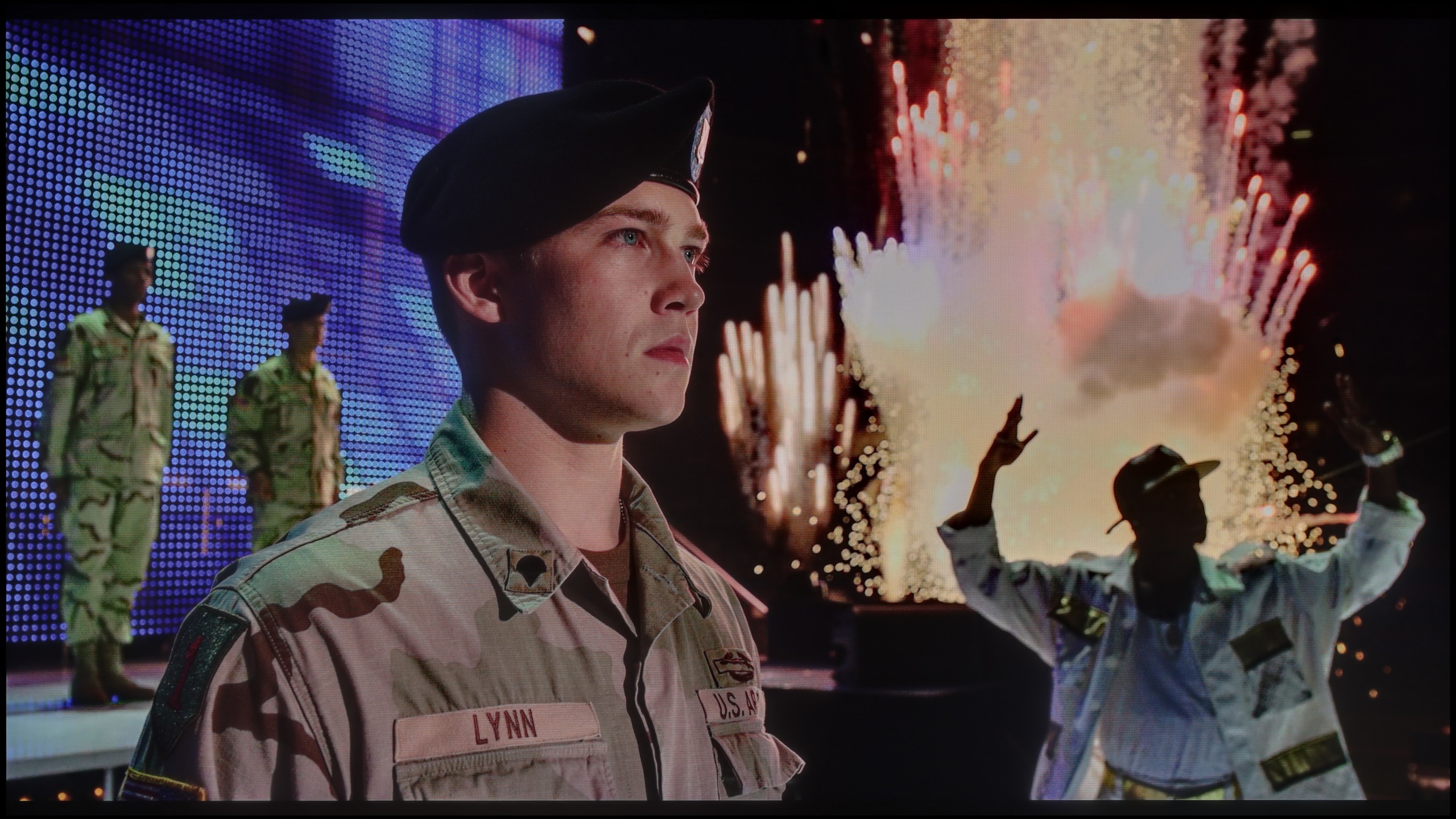
Static HDR10


Dynamic: Dolby Vision
Dynamic: HDR10+


HDR luminance chart:
Samsung Q8F
HDR luminance
TCL C75B
HDR luminance
During our test, the TCL C75B "spat out" around 380 nits of brightness. We recorded similar results while watching most of the films we tested. They can be considered average – the television does not perform poorly in this segment, but around 400 nits is definitely too low to fully experience the magic of HDR effects. Of course, these results are better than those of budget models, which can achieve almost half the brightness values. However, for HDR enthusiasts seeking stronger lighting effects and greater realism, the C75B may prove insufficient. On the positive side, it's worth mentioning the DCI-P3 colour gamut coverage of 95%. This is a very good result that easily suffices to enjoy a wide range of colours in content available on popular streaming platforms. Vivid and rich colours are definitely a strong point of this model.
In terms of brightness, the Samsung Q8F performs surprisingly well for a television without local dimming. In measurements, it reaches up to 500 nits, which in practice means that most movie and series scenes look pleasing, and it cannot be accused of lacking the 'HDR effect'. In films such as Life of Pi or The Meg, the screen was able to burst with brightness and deliver a light effect at a satisfying level. It struggles more in difficult moments — during dark scenes with individual bright points. The global dimming used causes the television to dim the image to maintain deep blacks, but at the expense of detail brightness. This is clearly visible in the scene from Sicario 2, where the helicopter lights dropped to around 200 nits. This is a conscious design decision that gives the impression of deeper blacks, but somewhat takes away the brightness from individual elements, and one must simply keep this in mind. In terms of colour reproduction, the Q8F uses quantum dot technology, which widens the colour gamut. A coverage of the DCI-P3 palette at 91% can be considered a decent result, although it is not a record-breaking figure compared to other QLEDs.
Factory color reproduction
7.3/10
4.6/10


Factory Mode
After calibration
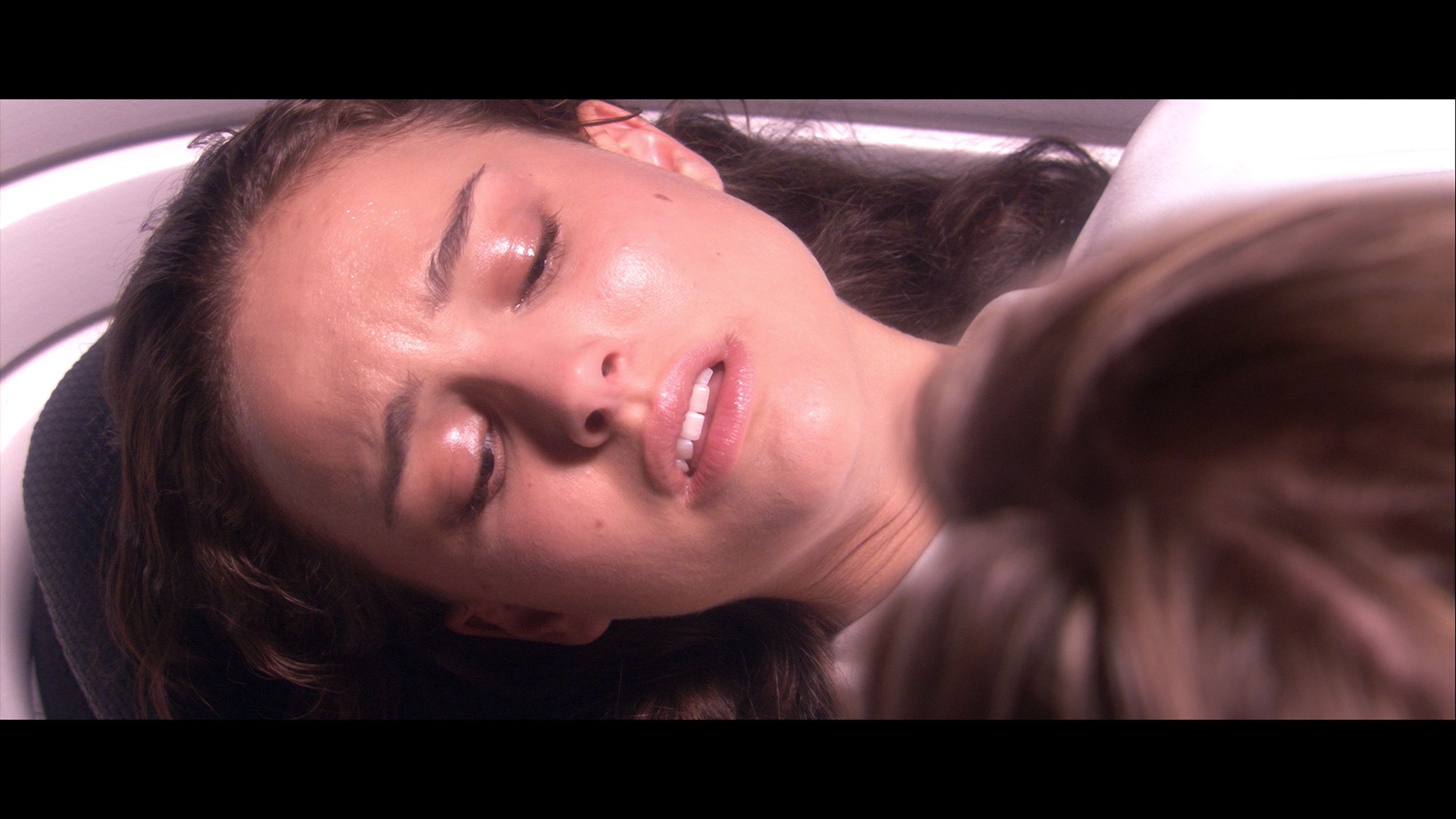
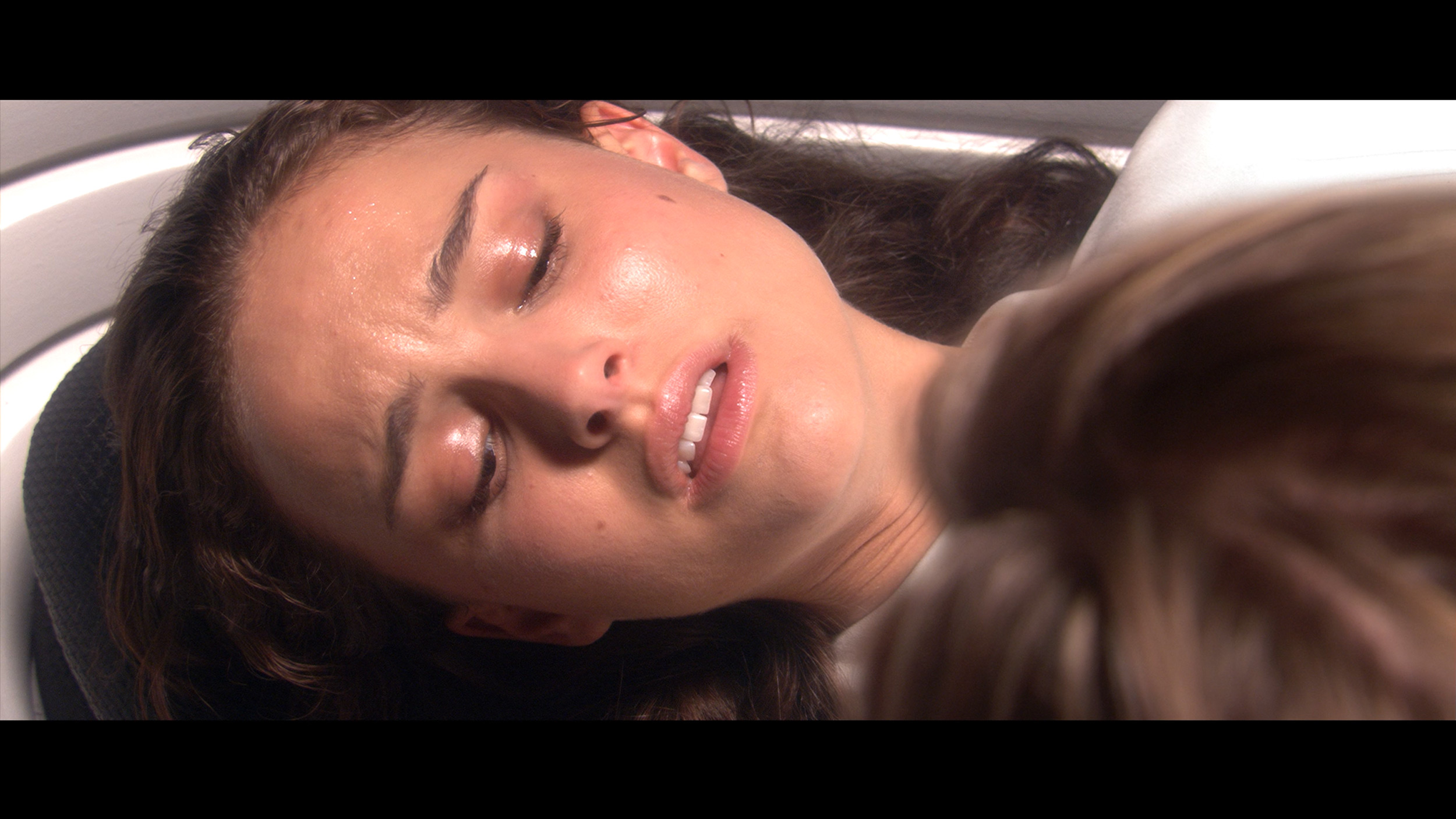
Factory Mode
After calibration
TCL C75B offers several picture modes, but in our opinion, the best choice is the “Film” mode. Although its settings are quite decent, the television struggles with some colour reproduction issues. In our tests, we noticed that the image had a noticeably pinkish tint compared to what could be considered accurate. This effect was particularly evident in skin tones, which appeared unnaturally flushed. The main culprit for this phenomenon turned out to be the white balance, characterised by an excessive amount of blue and red in both HD and 4K HDR materials.
An additional problem was the way brightness was rendered. The gamma, which is responsible for the visibility of details in darker materials, was definitely boosted, causing details in the darkest parts of the screen to be invisible, disappearing into complete blackness (e.g., the lower part of the screen in the comparison photo - around the actress's ear). Similarly, the situation was reflected in the EOTF curve, which was below the correct value, suggesting that we might encounter a similar problem in 4K HDR content.
Thanks to our experience and the right tools, we decided to take matters into our own hands and see how much we could extract from this model after professional calibration. We describe the details in the next section.
We decided to check out the Filmmaker mode, as it provided us with the best image straight out of the box. However, this does not mean it was perfect. The white balance had too much blue and red, resulting in the white taking on a slight mauve-pink hue. Such an imbalance affected the visibility of practically all colours, as can be seen in the comparison photo below. The brightness characteristics in SDR content were quite well adjusted, though in HDR material we noticed that the television did not always manage its global dimming effectively — at times the screen was too dim, while at other moments it could suddenly brighten. Fortunately, issues related to colours can be effectively corrected with calibration tools, so we decided to get to work.
Color reproduction after calibration
8.2/10
7.8/10



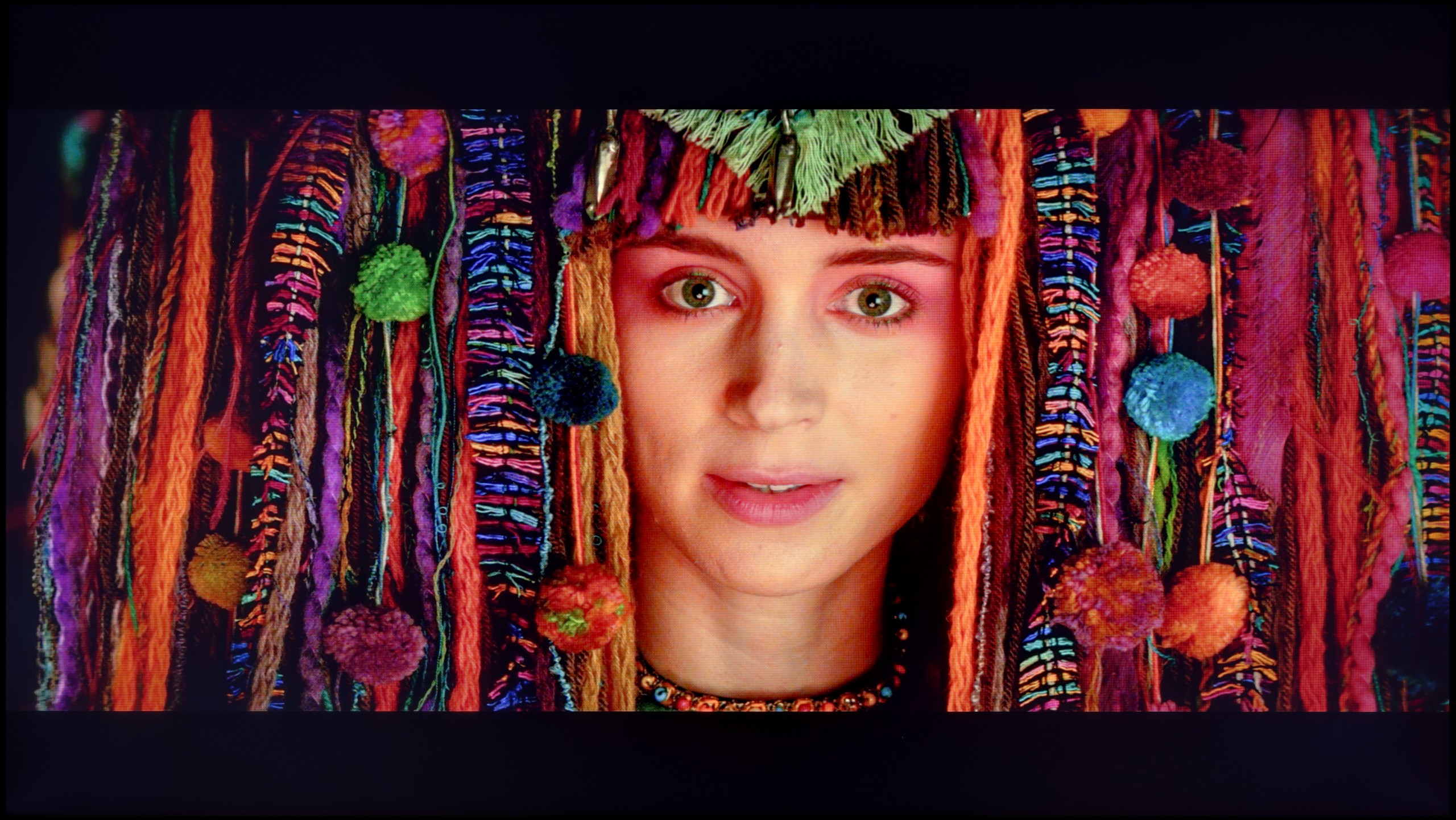
After calibrating the TCL C75B, it has clearly improved in terms of colour reproduction. Although the television does not offer many options for adjusting the white balance, we managed to enhance its settings quite significantly. As a result, the image is no longer excessively pink, and the colours now look much more natural and harmonious.
The gamma jump, which was previously an issue, has not completely disappeared, but we have managed to reduce it considerably. This has made details in dark scenes more visible – both in HD and 4K HDR materials.
Unfortunately, the lack of local dimming is still noticeable. The "blooming black" effect remains, but that is a limitation of the display itself. Nevertheless, the colours after calibration look far better, and the image is much more enjoyable to watch.
After calibration, we managed to correct the white balance to near perfection. Older SDR content looks fantastic — most errors fall within a value range of 2, which is well below the threshold of perceivability for the human eye. In HDR, we also brought the white balance to an acceptable level, but another issue arises here. So why are there still relatively large errors in colour reproduction? This mainly stems from the limited colour palette and the way the television manages brightness. The global dimming technique used does not give the user control in the settings, so when analysing the EOTF curve in HDR films, it is apparent that the Q8F can modify luminance independently. This can be regarded as a certain limitation, but despite this, the picture after calibration is still much more pleasant to view than in the factory version.
Smoothness of tonal transitions
8.2/10
9/10





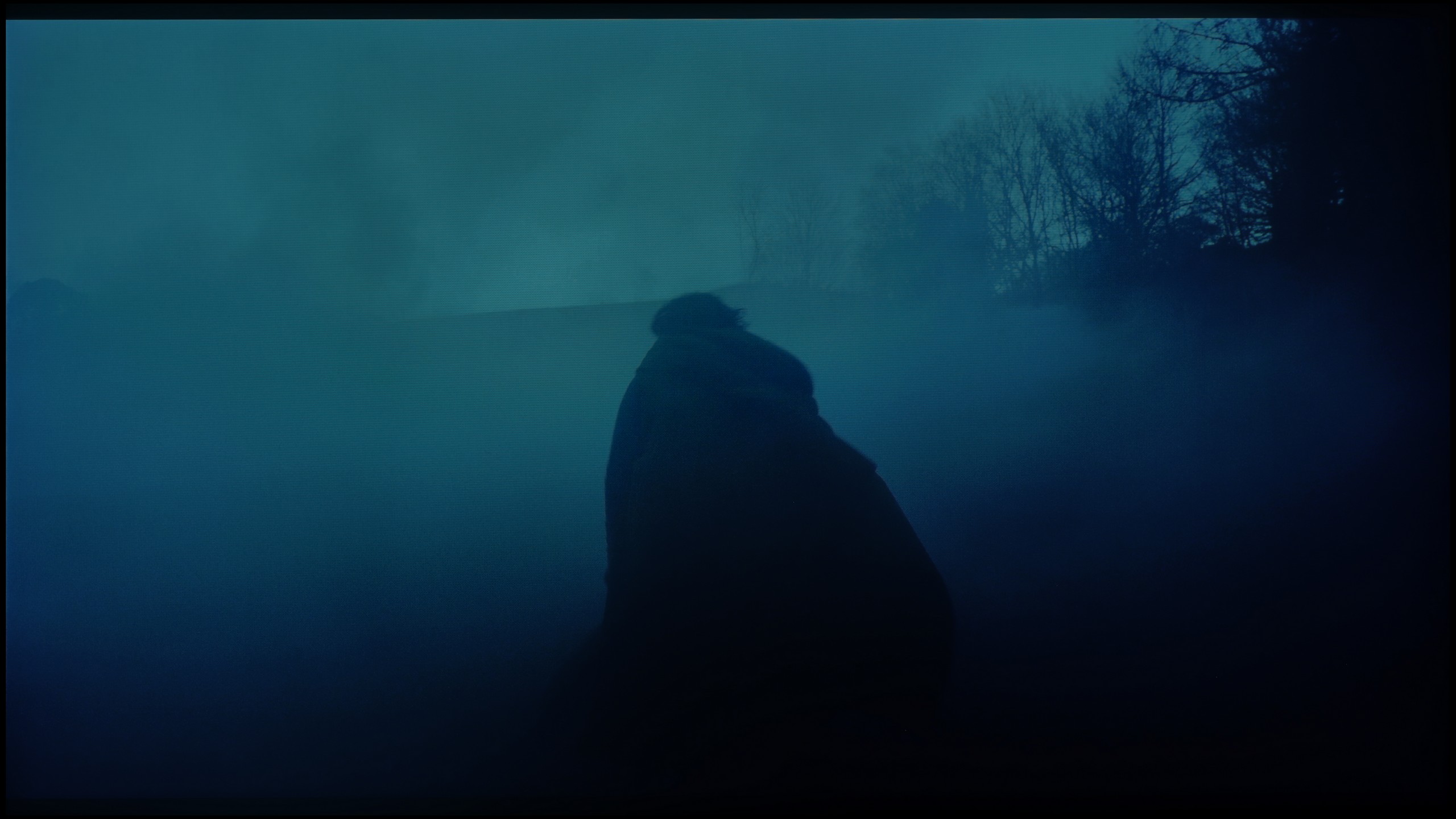

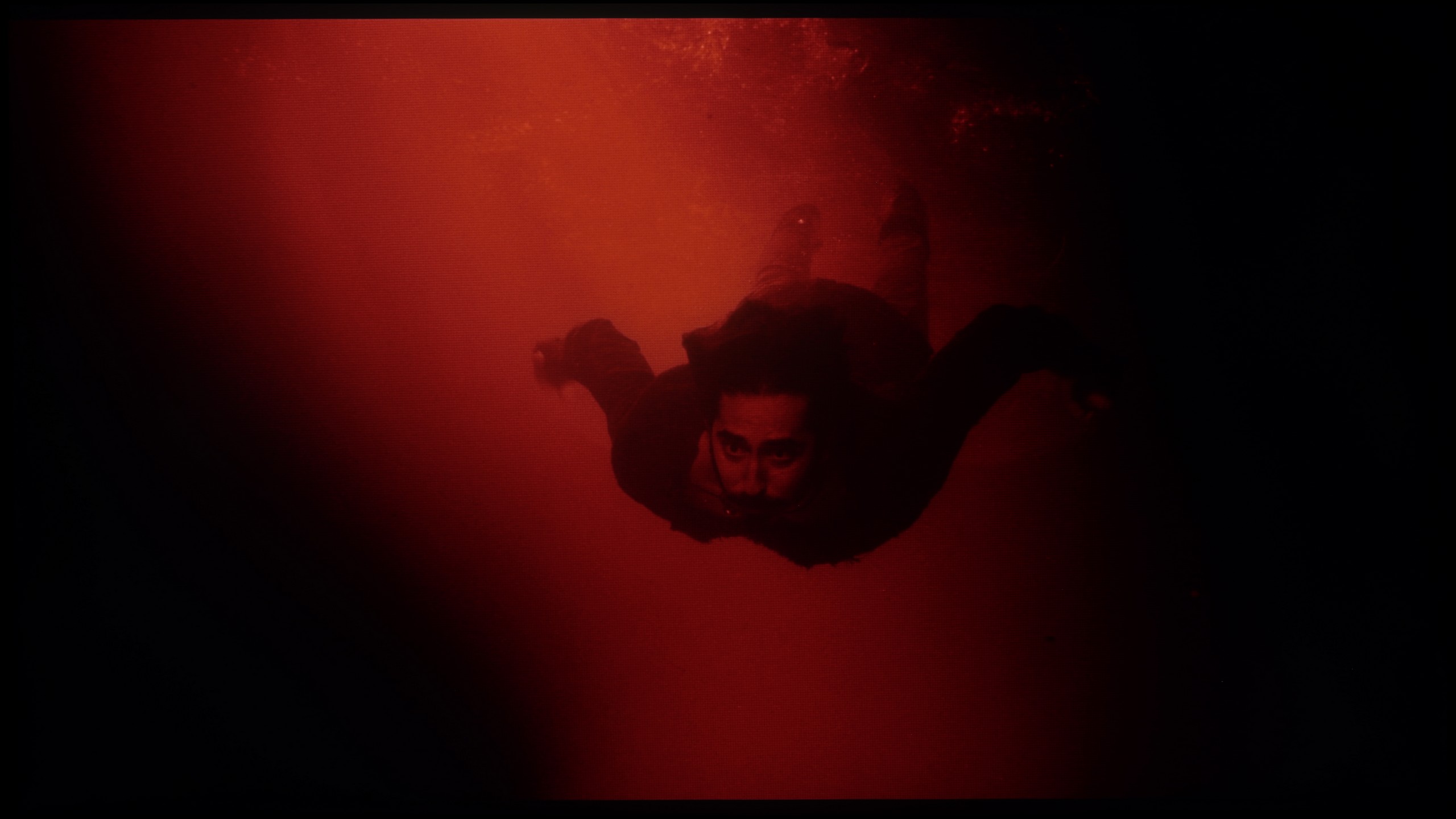




In terms of the smoothness of tonal transitions, the TCL C75B performs really well. The gradation of the darkest colours is particularly impressive – here the television does not disappoint and presents a high-quality image.
Some imperfections can be seen in the brightest areas of the screen, such as in a scene from the film Kingsman (the sun in the blue sky). Nevertheless, the final effect should satisfy the vast majority of users.
The fluidity of tonal transitions in the Q8F performs really very well. The television beautifully blends colours, both in bright patches of sky and in darker scenes, where it is easy to spot visible "steps" in colours. Admittedly, there are occasional errors, but you have to look closely to catch them. In practice, when watching films or series, the image appears cohesive and does not distract with any artefacts. Therefore, the rating in this category had to be high. 😉
Image scaling and smoothness of tonal transitions
5/10
5/10
Smooth transition function

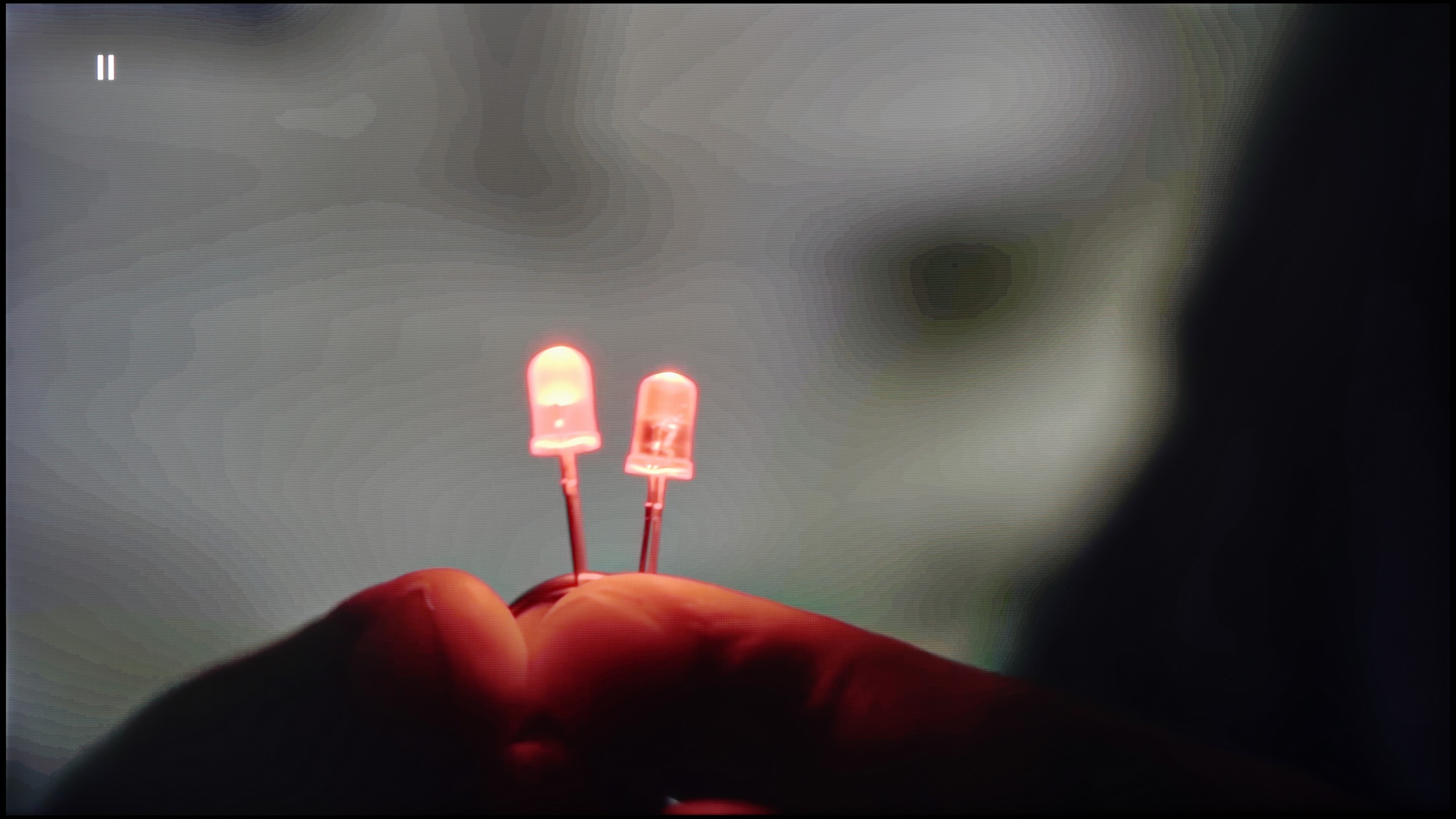
Image without overscan on the SD signal

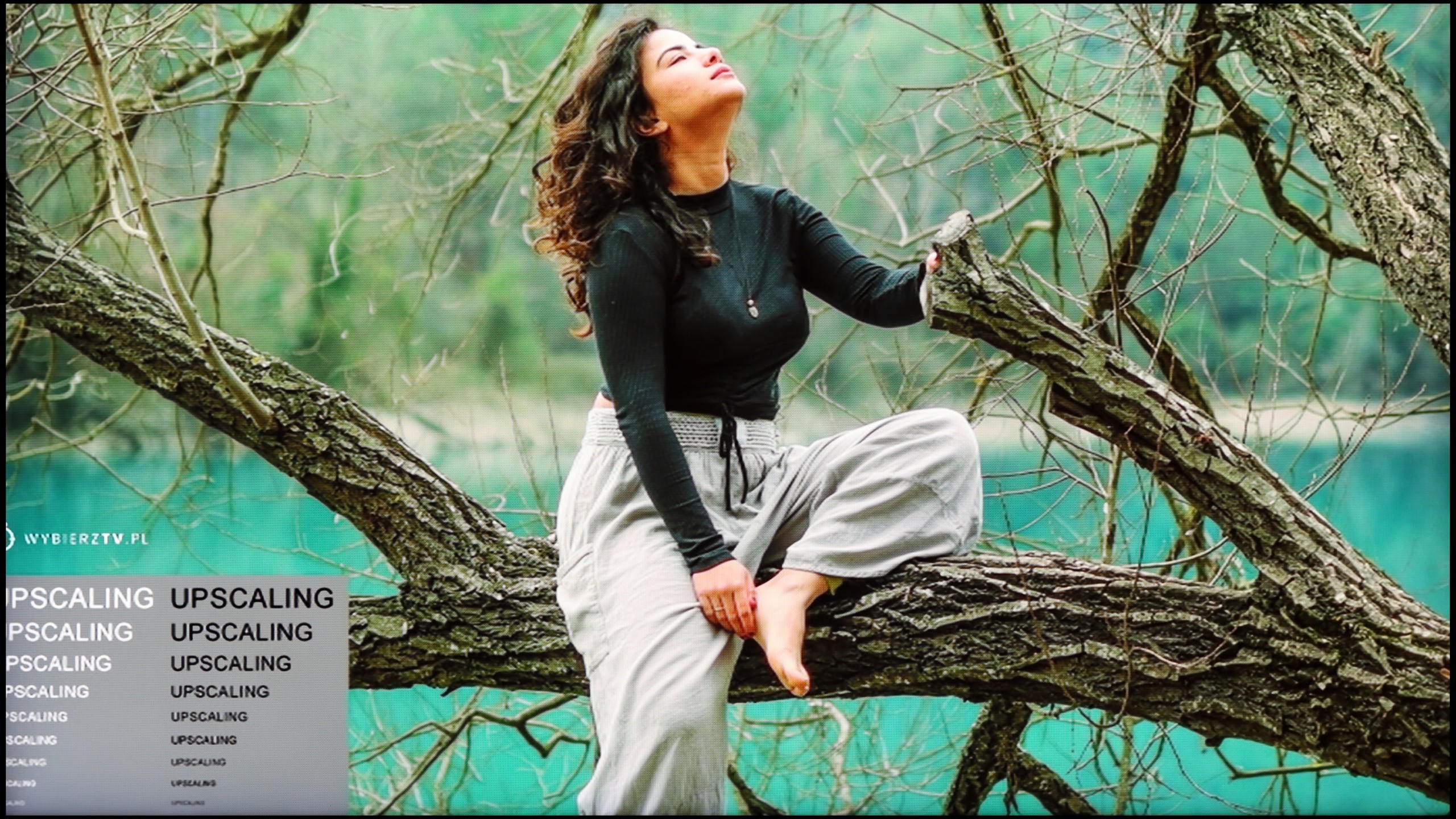
TCL C75B has a tone transition smoothing function, but unfortunately, we cannot commend it. Regardless of the selected level – low or high – tone transitions in older materials remained visible, as if the function wasn't working at all. It's hard to say anything positive about it, as in practice it seems completely useless.
The image scaling is better. The television performs quite decently, although on thinner elements, like branches in the background, you can notice slight jaggedness. However, this is not something that significantly interferes with daily viewing.
Unfortunately, a bigger problem turned out to be overscan, which is cutting off the edges of the image. In our tests, there were instances where news tickers or other elements near the edge of the screen were cut off. This is definitely something to pay attention to, especially if we use the television for watching news programmes or content with text on the screen.
Let’s check how the Q8F performs with older content, which often has poor quality. Let's start with the positives: the upscaling, or raising the image to a higher resolution, works really well. The television handles both traditional television and YouTube material quite competently, without giving the impression that we are dealing with something completely unattractive. It performs less well with very low resolutions, such as 576p — the image can be cropped, and unfortunately, the overscan issue cannot be turned off. Moreover, the digital processing itself appears less effective. The noise reduction feature, instead of eliminating unwanted disturbances, smooths out almost everything: film grain (which is desirable for many viewers) disappears along with the texture of the image, and the faces of the actors start to resemble characters from cheap Turkish soap operas. Therefore, it’s hard to consider this option useful — it’s best to leave it completely turned off. Perhaps Samsung will refine the operation of this function in future updates, but for now, it’s difficult to view it as anything other than an unnecessary addition.
Blur and motion smoothness
7.3/10
4.5/10

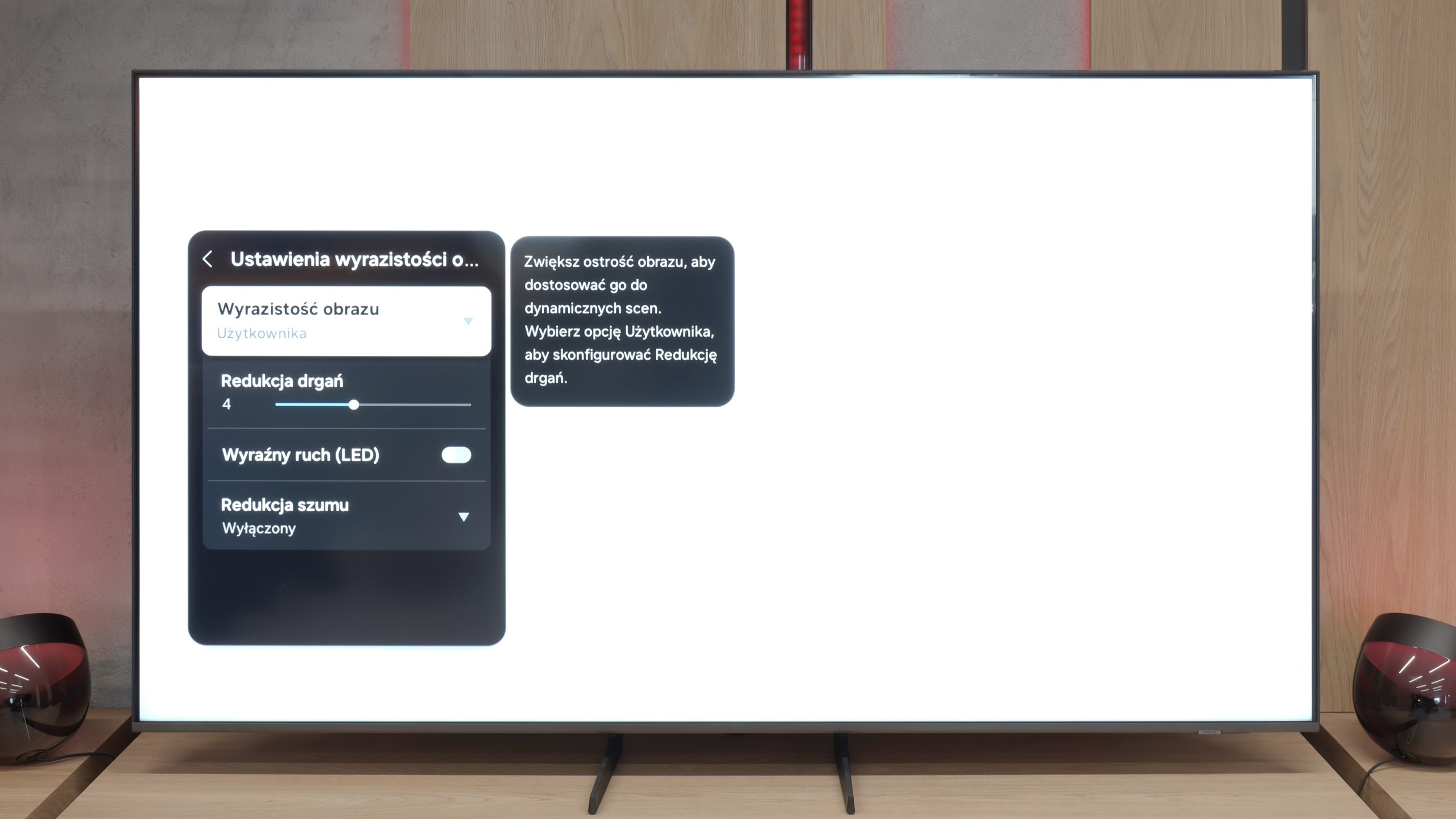
Blur (native resolution, maximum refresh rate):






Blur (BFI function enabled):



The TCL C75B definitely has something to offer gamers. The television is equipped with a panel that can display images with a refresh rate of 144 Hz in 4K, and even 240 Hz in Full HD. These are really impressive results, especially for a model from the entry-level range.
In addition, there are features for improving fluidity and reducing motion blur in films. The "Motion" option allows precise adjustment of the effect on a 10-point scale, which offers great personalisation possibilities - everyone can set the fluidity as they like.
Due to the applied 60 Hz matrix, it is difficult to call the Q8F a television designed for gaming or watching sports. The panel is not particularly fast, which makes motion blur noticeably visible. If you were hoping for spectacular, even 'stadium-like' experiences during broadcasts, you may feel slightly disappointed. Fortunately, in the case of films and series, Samsung has not abandoned the motion blur reduction feature. This is nothing but a motion smoother that allows you to improve the fluidity of productions recorded at 24 or 30 frames per second. This way, you can decide for yourself whether you prefer a smoother, 'television' image or to maintain a cinematic character. It all depends on the viewer's preferences, and the ability to adjust this parameter is undoubtedly a plus.
Console compatibility and gaming features
9.8/10
3.7/10
- ALLM
- VRR
- VRR range48 - 240Hz
- Dolby Vision Game Mode
- Correct implementation of HGIG
- 1080p@120Hz
- 1440p@120Hz
- 4K@120Hz
- Game bar

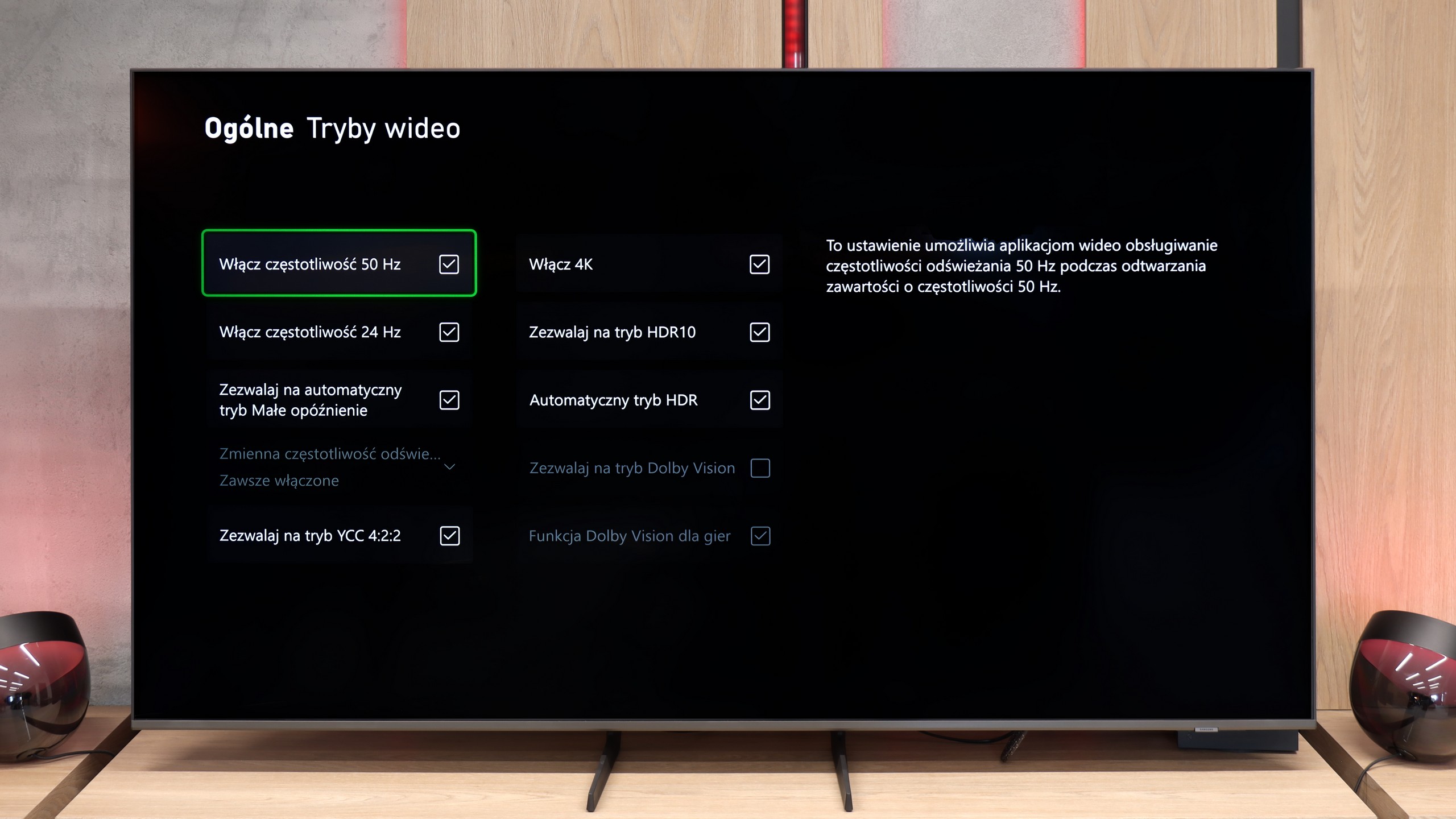

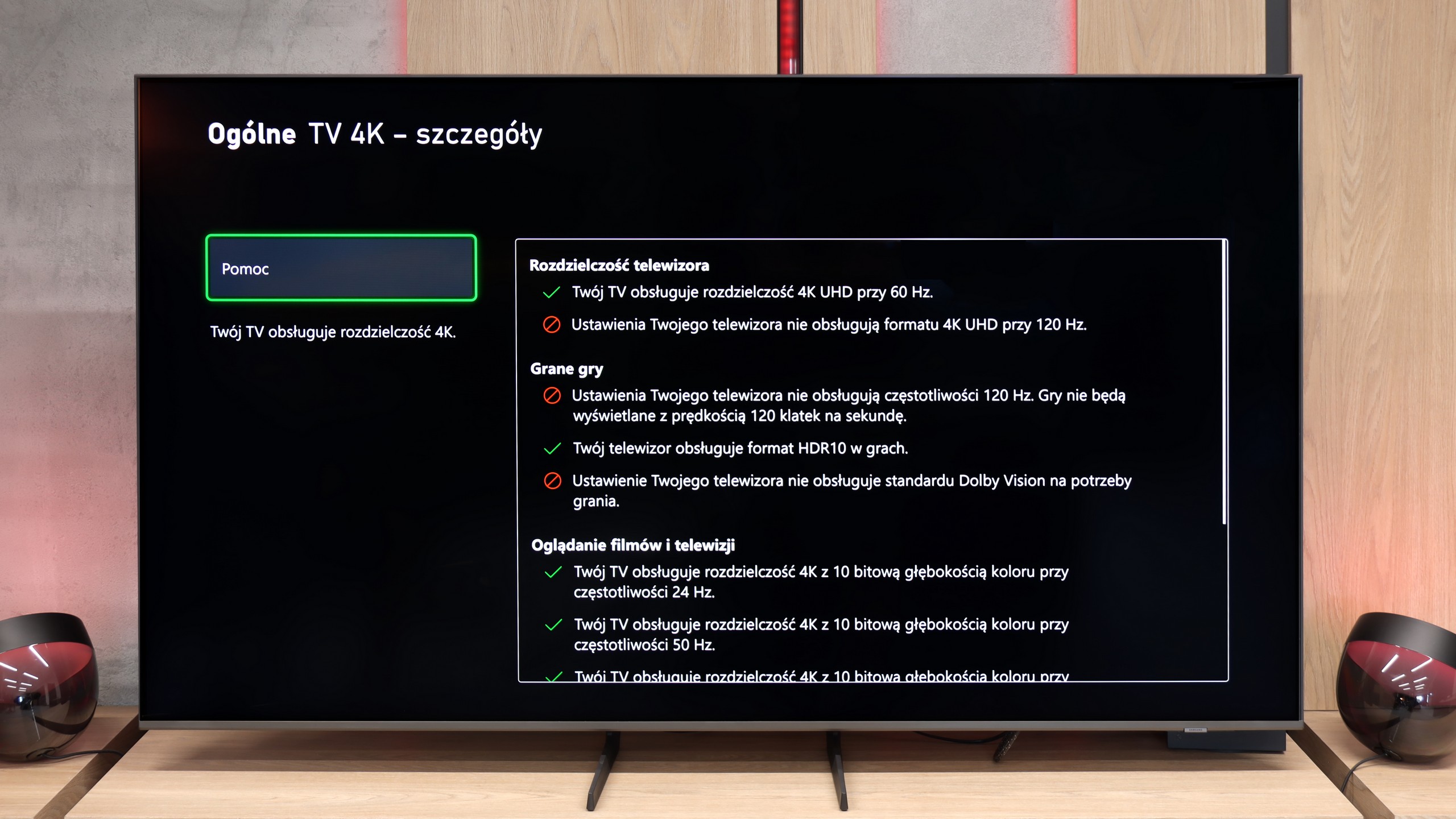

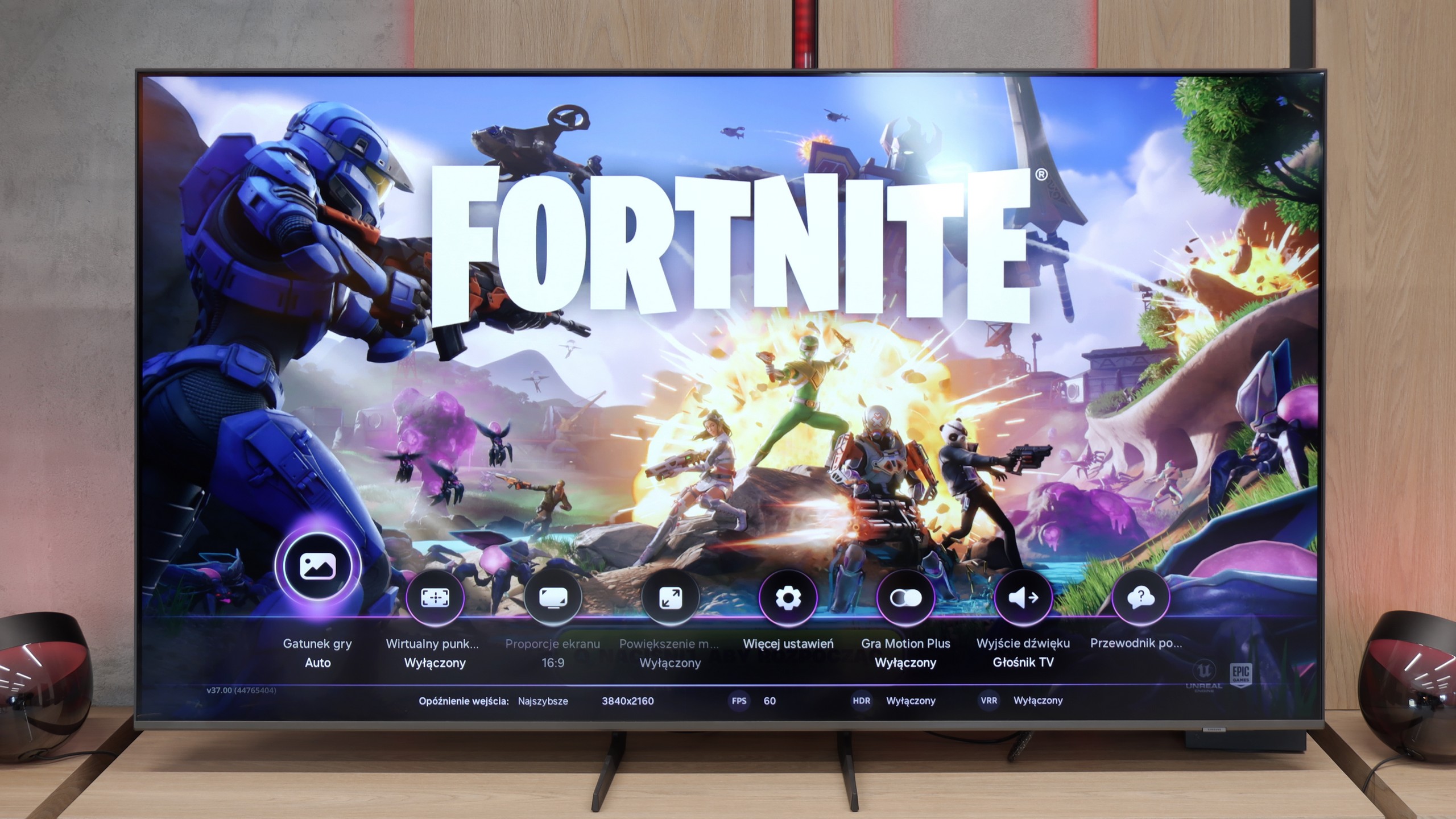

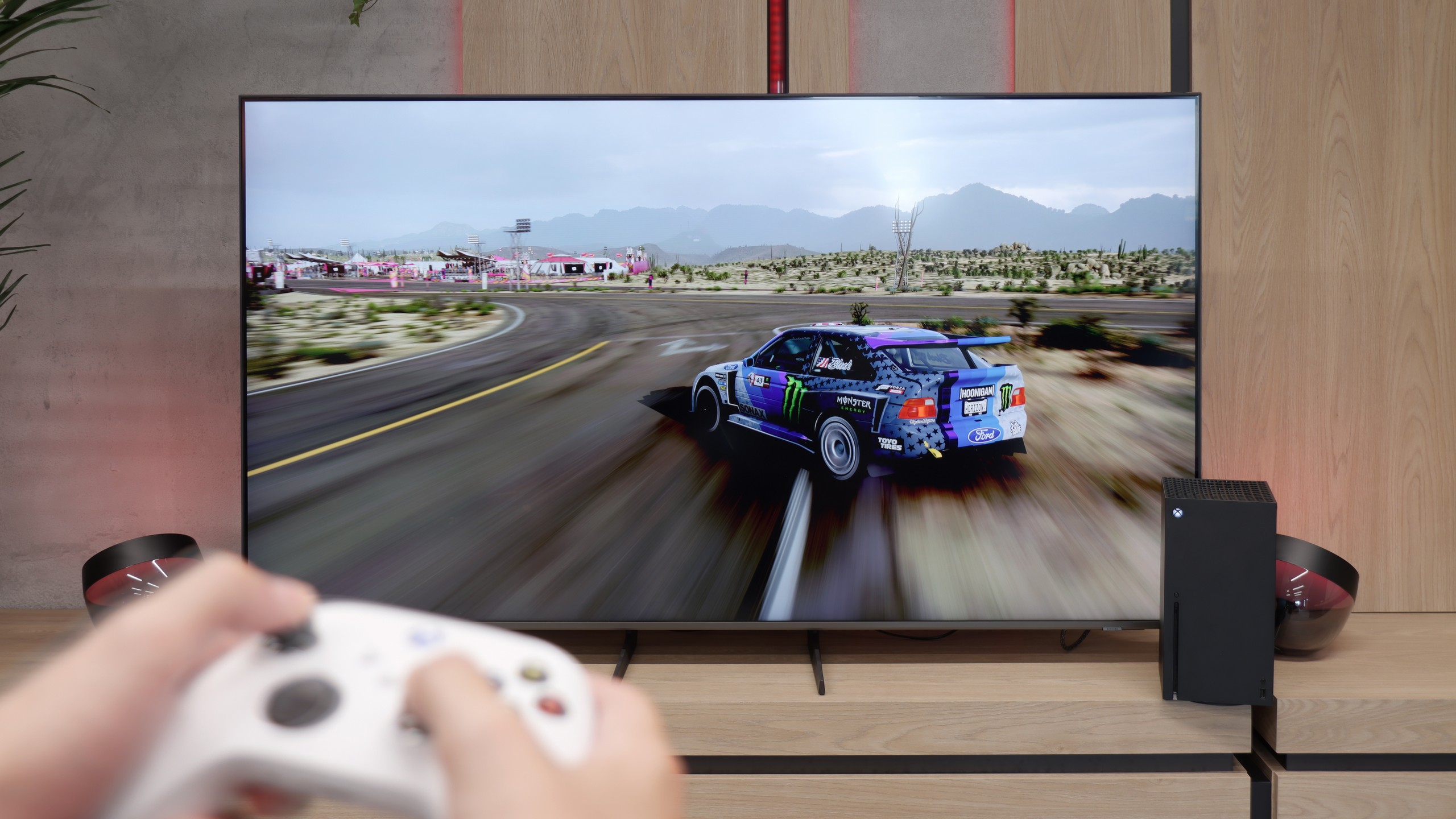
The TCL C75B is undoubtedly a television designed with gamers in mind. It offers nearly everything that even the most demanding console users could need. With the implementation of fully capable HDMI 2.1, the television supports features like ALLM (Automatic Low Latency Mode) and VRR (Variable Refresh Rate) – operating within the full potential of the television, up to 240 Hz in Full HD resolution.
Additionally, the television supports advanced HDR technologies, including Dolby Vision and HGiG, allowing for even better detail reproduction in HDR-optimised games. The C75B is also equipped with a very convenient interface for gamers in the form of Game Bar, where all key parameters such as refresh rate, input lag, and image settings can be checked – all within a single click.
In a nutshell: the C75B is a great choice for gamers, offering a wide range of features that allow users to fully enjoy the capabilities of modern consoles and games.
It is not entirely clear what Samsung has meddled with this year regarding its televisions, but the Q8F is not free from all the confusion surrounding updates and shortcomings. While its older cousin, the Q67D, could still be recommended to casual gamers with a clear conscience, it is difficult to find a reason to do so here. Apart from the automatic game mode and the attractively designed Game Bar, we receive practically nothing that could attract gaming enthusiasts. The lack of proper HGiG implementation is a significant issue, especially since after the 1126 update, the feature simply disappeared. The situation regarding VRR is even worse. Although it is listed in the manufacturer's brochures and appears in the Game Bar, we were unable to activate it. The Xbox Series X console did not allow activation at all, and the option remained greyed out and inactive. It is hard to praise such a television even to casual gamers, which is a pity, as Samsung had a strong bargaining chip in the gaming segment for years.
Input lag
9.8/10
9.9/10
SDR
HDR
Dolby Vision
Input lag in the TCL C75B is something that really impresses. At a refresh rate of 144 Hz, the lag is only 9 ms, which makes the TV's response to our actions on the pad or keyboard practically instantaneous. For 60 Hz, the result is 19 ms – while not record-breakingly low, it still falls within the range where delays are practically unnoticeable during gaming. One could say that the difference would not be felt anyway, which makes this TV a good choice even for more demanding gamers.
Fortunately, in terms of gaming, Samsung did not attempt to 'enhance' anything and the input lag remained at an excellent level. Results hovering around 10–15 ms mean that delays are practically imperceptible. The controls are instant, and the responses from the console or computer appear on the screen with no noticeable delay. In this respect, the Q8F performs excellently and it is difficult to fault it in any way.
Compatibility with PC
7.6/10
6/10

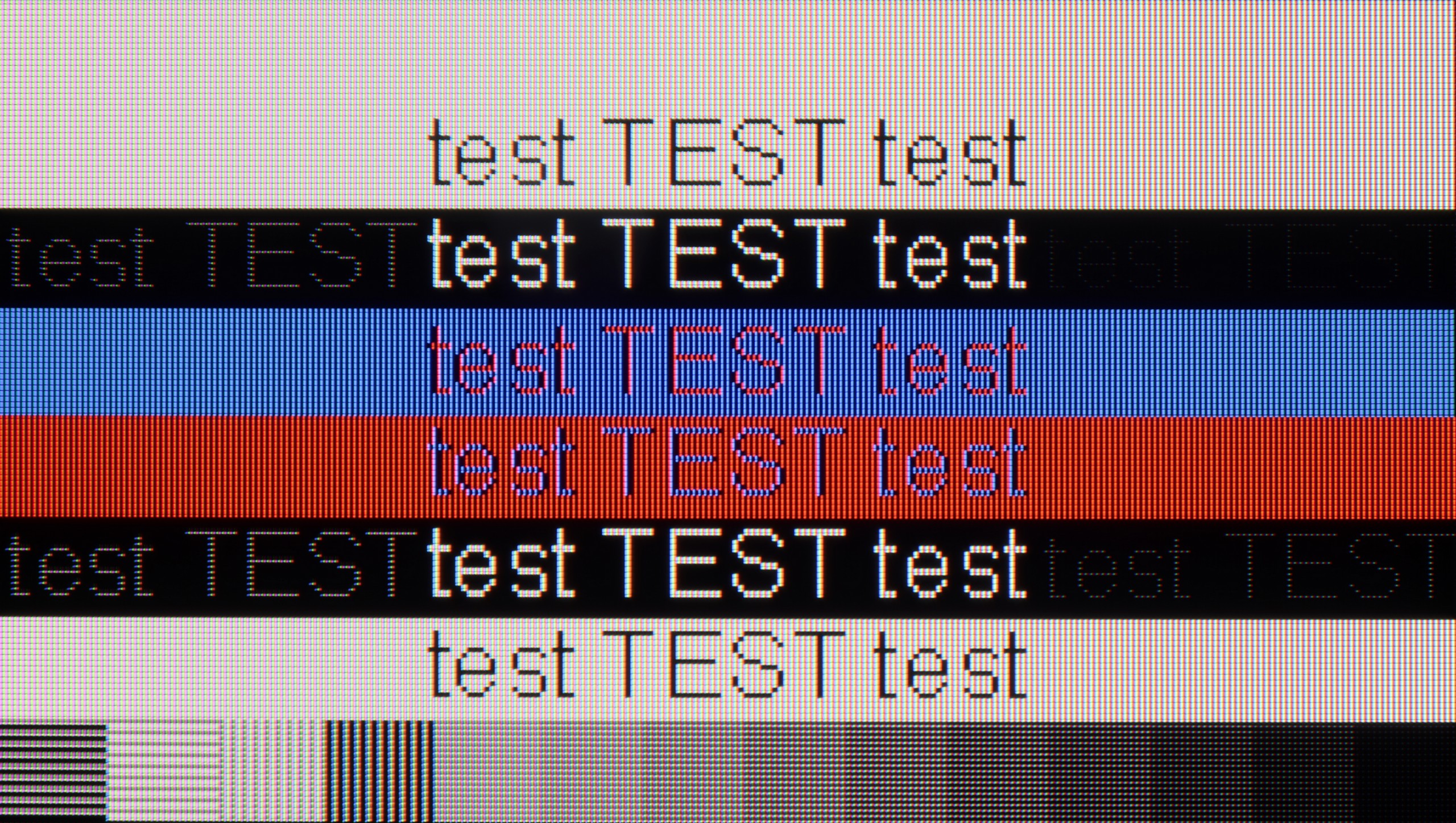
TCL C75B is quite a good choice for connecting to a computer. With high refresh rates, low input lag, and support for G-Sync, the television performs excellently in games – both dynamic ones and more demanding titles. The image is smooth, and the response to our actions is quick, which gamers will surely appreciate.
For office work, the television also does well. Text is readable, although on a dark background some imperfections can be noticed – certain fonts look as if there are missing pieces of vertical lines. This may be distracting if we work a lot with documents or text editing. However, if the computer is mainly used for gaming or watching films, the TCL C75B will easily fulfill its role as a monitor. It is a versatile piece of equipment that can handle most applications.
Although gaming on the Q8F is not particularly attractive — there are no modes with lower resolution and higher refresh rates, and it also has issues with VRR (G-Sync) as well as a limitation of the panel to 60 Hz — it performs excellently as a work monitor. The readability of the fonts is very high, so working with text or Excel spreadsheets is a pure pleasure. In this regard, the Q8F can be a real alternative to a large office monitor.
Viewing angles
2.7/10
3.4/10
The viewing angles on the TCL C75B are, unfortunately, very poor. This is a typical compromise with VA panels – better blacks at the cost of side viewing visibility. The image quickly loses quality when viewed from an angle, which is the complete opposite of what IPS panel televisions offer. If we plan to watch the television mainly straight on, this won't be a major issue. However, with a larger number of viewers sitting at different angles, the image quality may disappoint.
The viewing angles on the Q8F can be described as average, which is due to the use of a VA panel. When watching the television straight on, the picture looks very good, but just moving slightly to the side causes it to start fading and losing contrast. Colours gradually lose their saturation, and black takes on a shade of grey. This is a typical limitation of this type of panel, and one cannot expect miracles here. Compared to IPS panels, the difference is clear — although they are weaker in contrast, they hold colour better at an angle. The Q8F will perform best in a classic setup, where viewers are seated centrally in front of the screen. If you plan to watch with a larger group, with people spread out across the living room, the effect may not be as satisfying.
TV efficiency during daytime
4.9/10
5.6/10

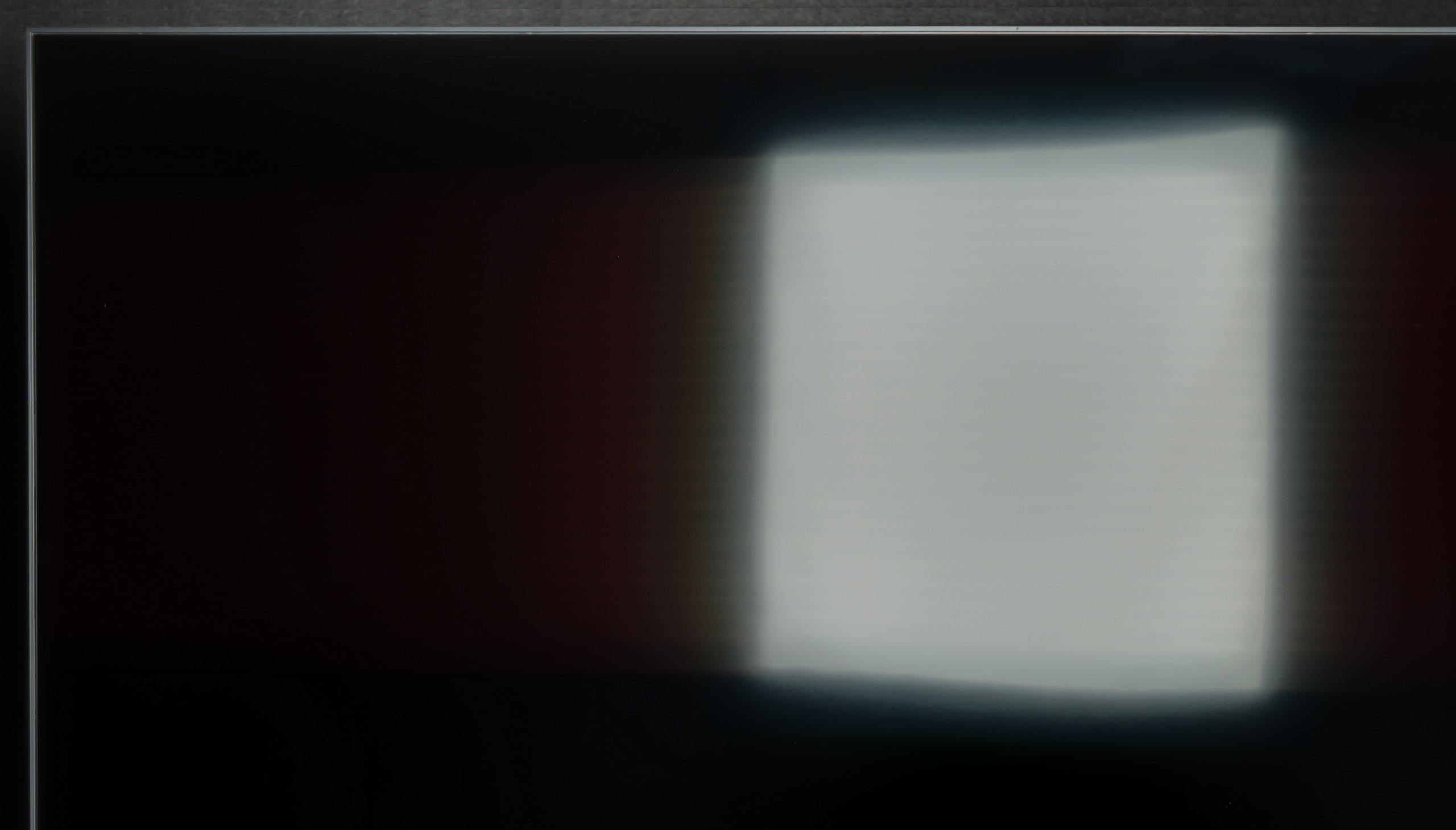

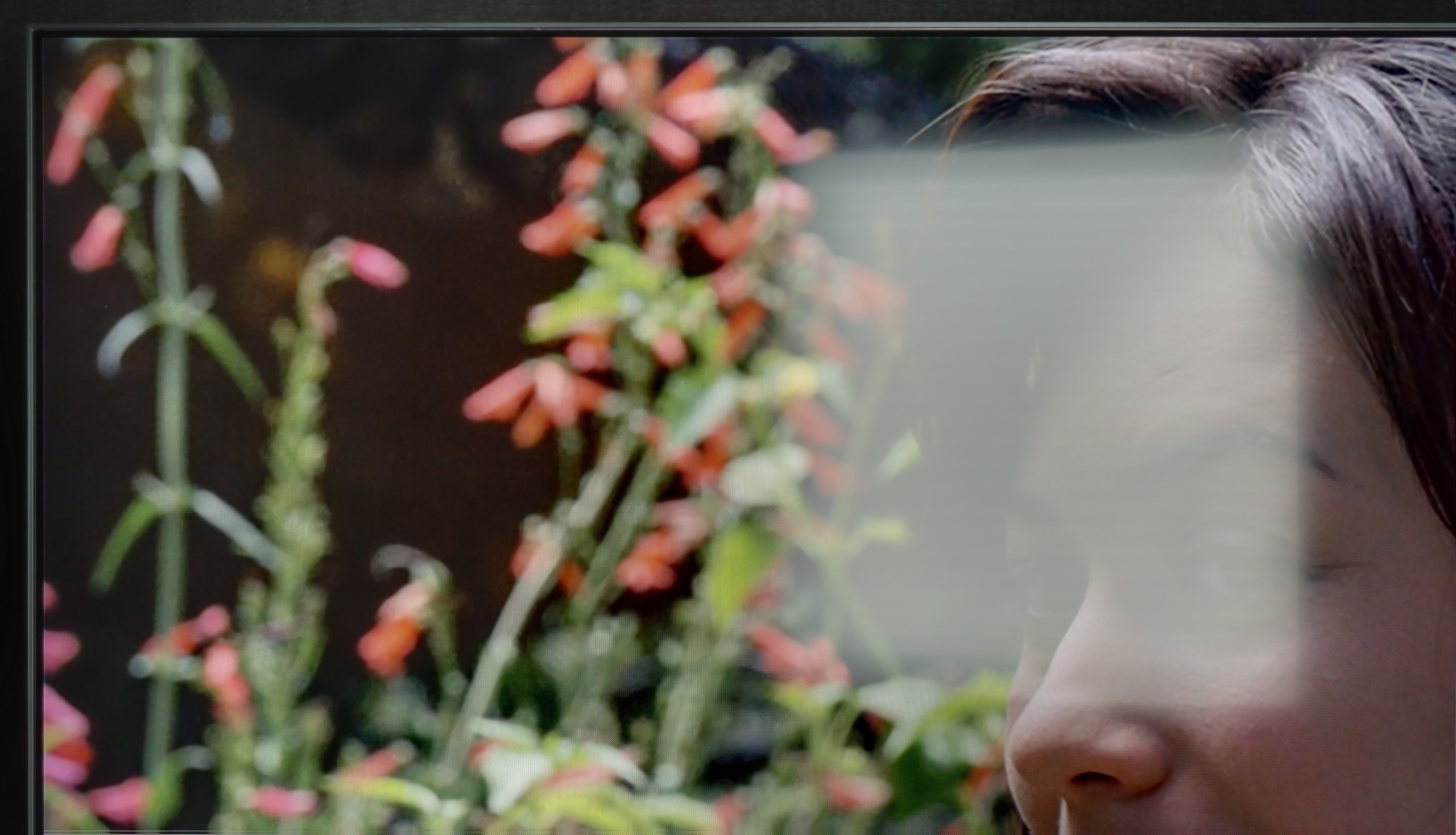
Matrix brightness
Average luminance SDR
Samsung Q8F: 430 cd/m2
TCL C75B: 366 cd/m2
The TCL C75B performs moderately during the day. The satin screen somewhat limits reflections, but it's not an ideal solution. The brightness is also an issue – 350 cd/m² is simply too low for comfortable viewing in a brightly lit room.
In less extreme conditions, such as in a moderately lit room, the television manages well. However, if the sun beams directly onto the screen in summer, watching may become tiring. It's worth keeping this in mind when choosing this model.
The Q8F performs quite well during the day. Its brightness hovers around 450 nits, which proves to be a sufficient level for moderately bright living rooms. It is not a television that will win a battle against sunlight streaming directly through the window, but under typical home conditions, the picture remains clear and appealing. A significant advantage is the satin finish of the panel, which effectively reduces reflections and helps maintain colour saturation even when the room is bright. As a result, watching series during the day or evening sports broadcasts with the lights on poses no problems. The Q8F does not aspire to be a cinema television in full sunlight, but as an everyday screen in normal home conditions, it performs really well.
Details about the matrix
Subpixel Structure:
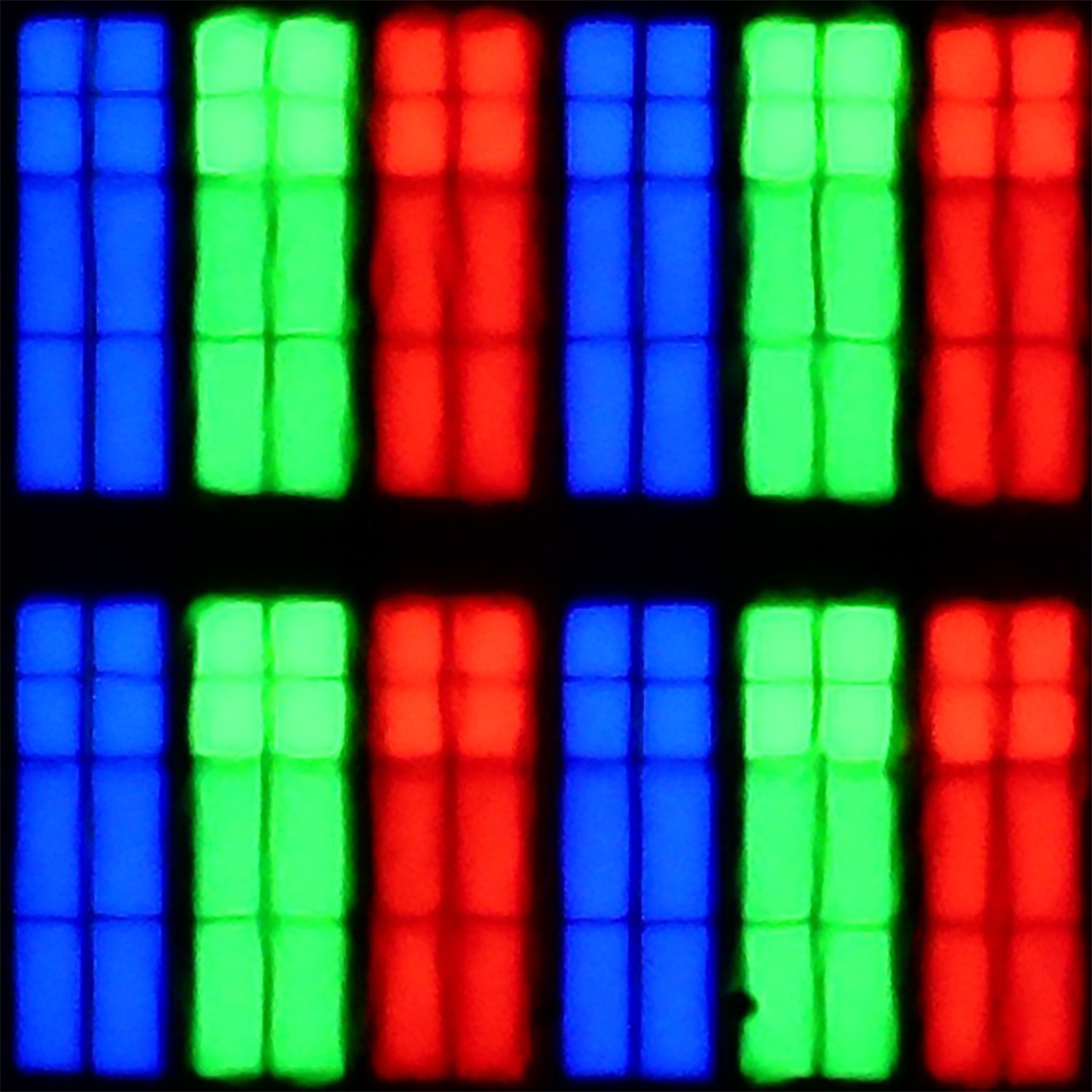
Panel uniformity and thermal imaging:

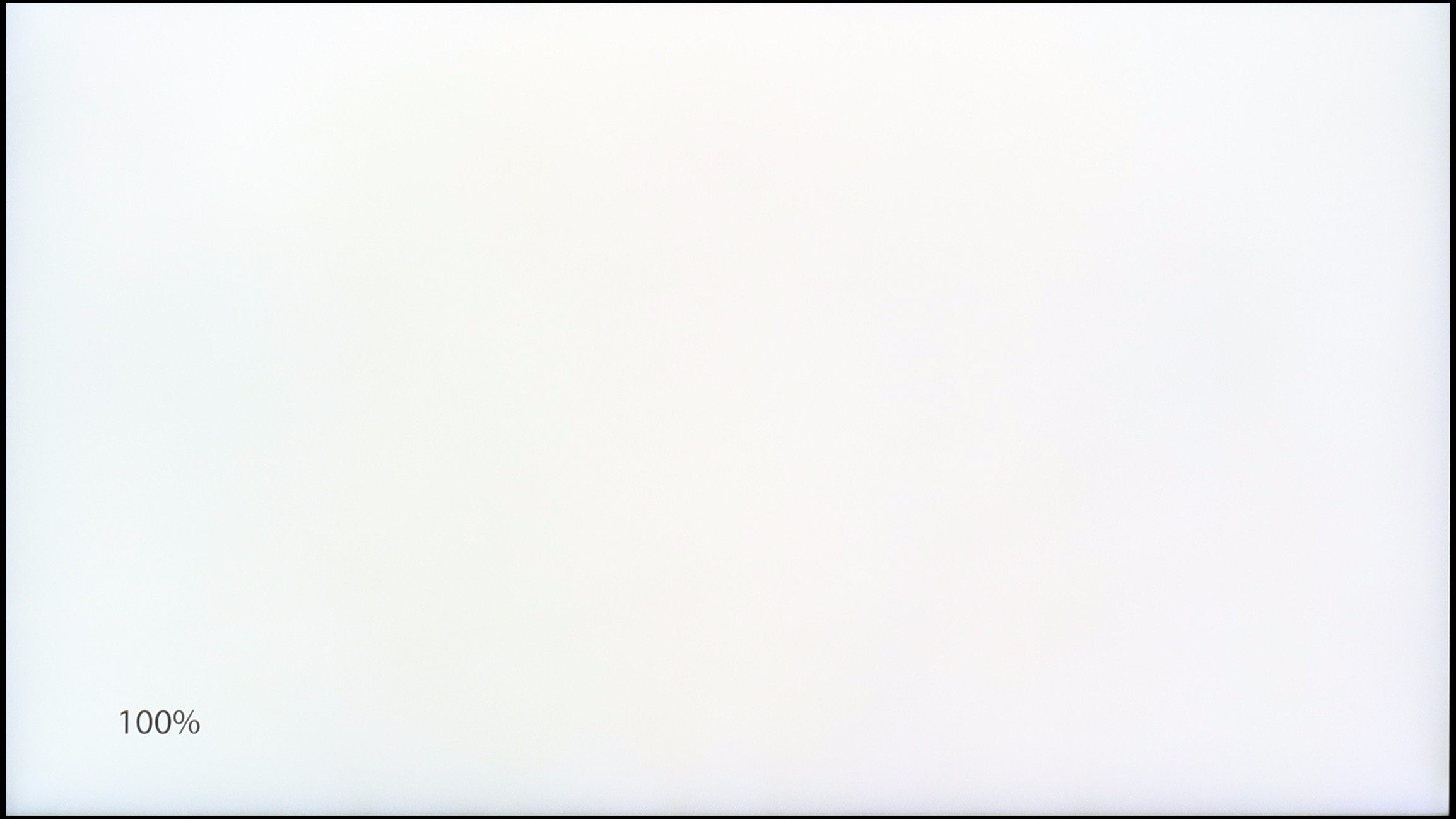
TV features
6.6/10
7.3/10
- HDMI inputs2 x HDMI 2.0, 2 x HDMI 2.1 48Gbps3 x HDMI 2.0, 0 x HDMI 2.1
- Other inputsRCA (Chinch)
- OutputsToslink (Optical audio), eARC (HDMI), ARC (HDMI)Toslink (Optical audio), eARC (HDMI), ARC (HDMI)
- Network InterfacesWi-Fi 2.4GHz, Wi-Fi 5GHz, Ethernet (LAN) 100MbpsWi-Fi 2.4GHz, Wi-Fi 5GHz, Ethernet (LAN) 100Mbps
- TV receptionDVB-T, DVB-T2, DVB-S, DVB-S2, DVB-CDVB-T, DVB-T2, DVB-S, DVB-S2, DVB-C
Classic features:
- Recording to USB (terrestrial TV)
- Recording programming
- Picture in Picture (PiP)
- RF remote control (no need to aim at the screen)
- Backlit remote control
- Teletext
- Audio only mode
- Bluetooth headphones support
- Simultaneous Bluetooth headphones & TV audio
Smart features:
- AirPlay
- Screen mirroring (Windows Miracast)
- Voice search
- Voice search in native language
- Ability to connect a keyboard and mouse


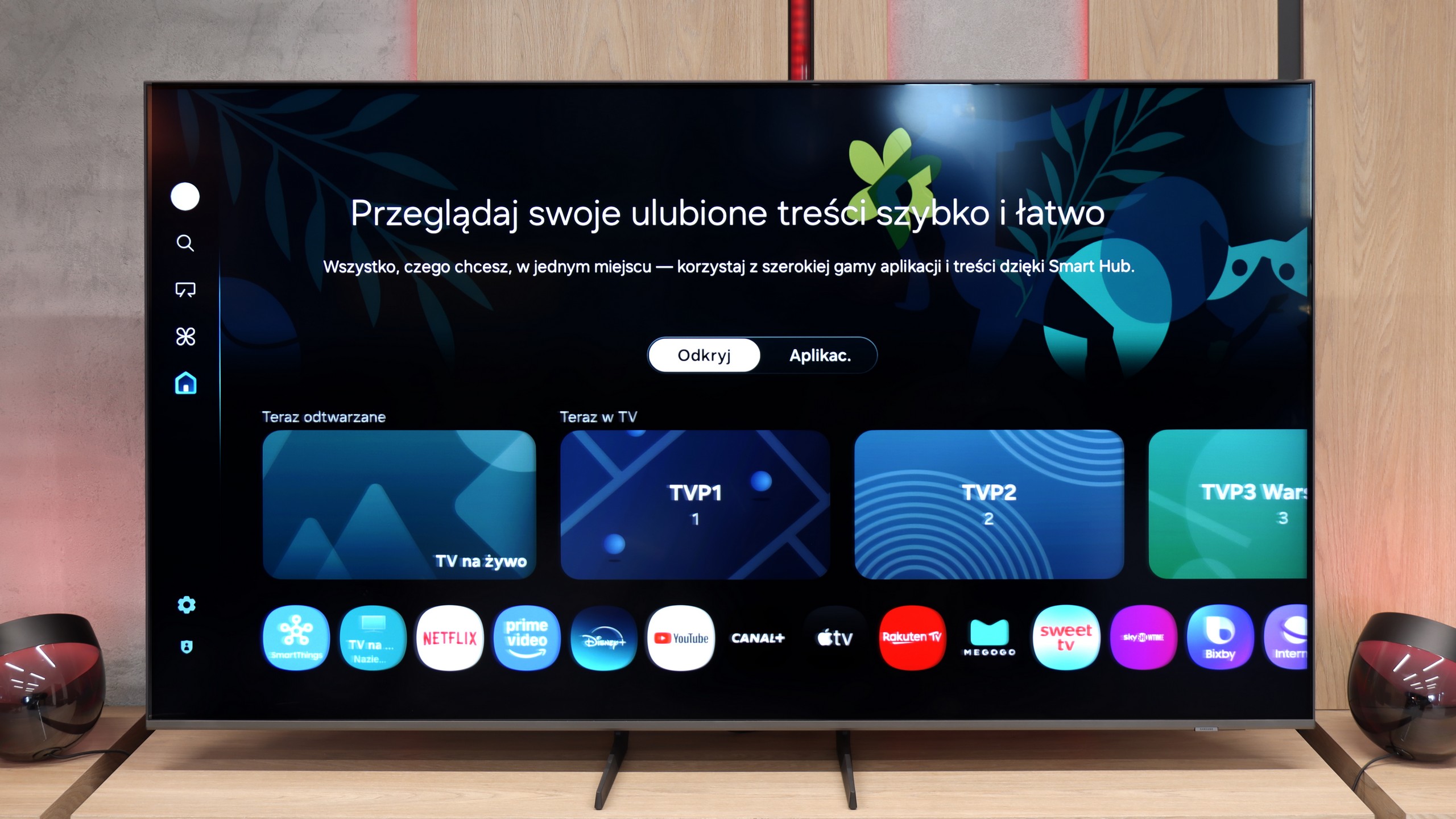
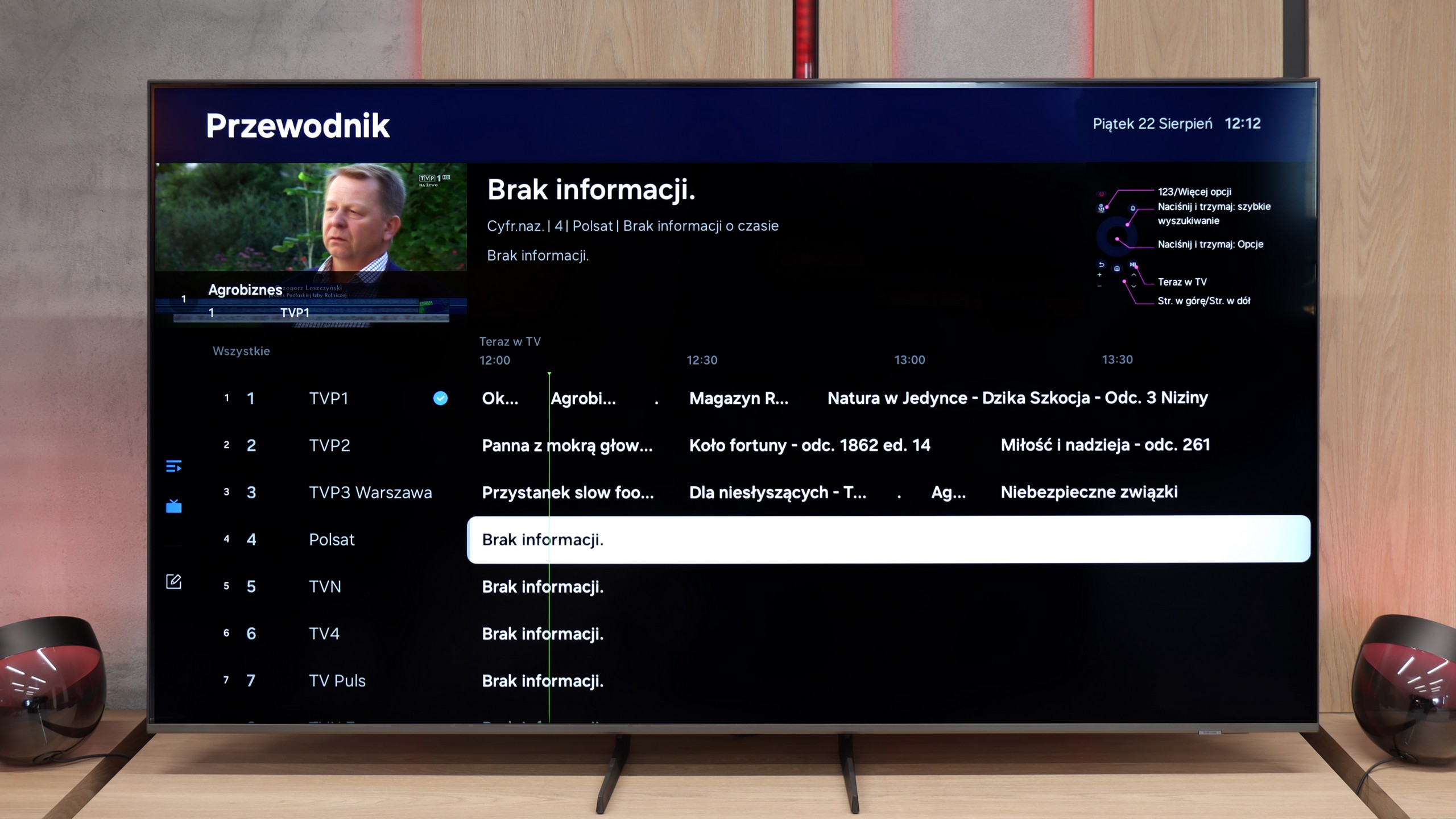
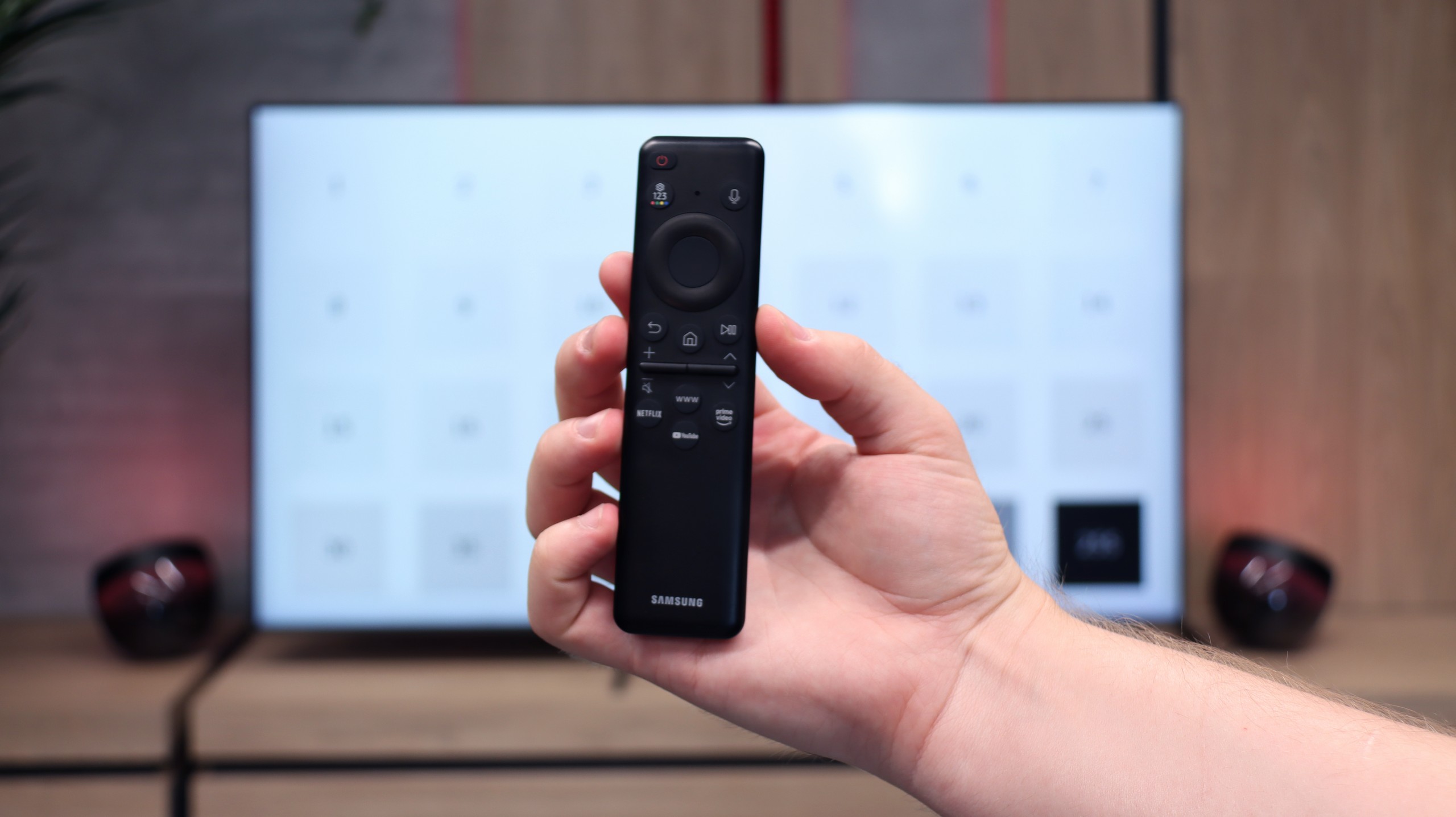
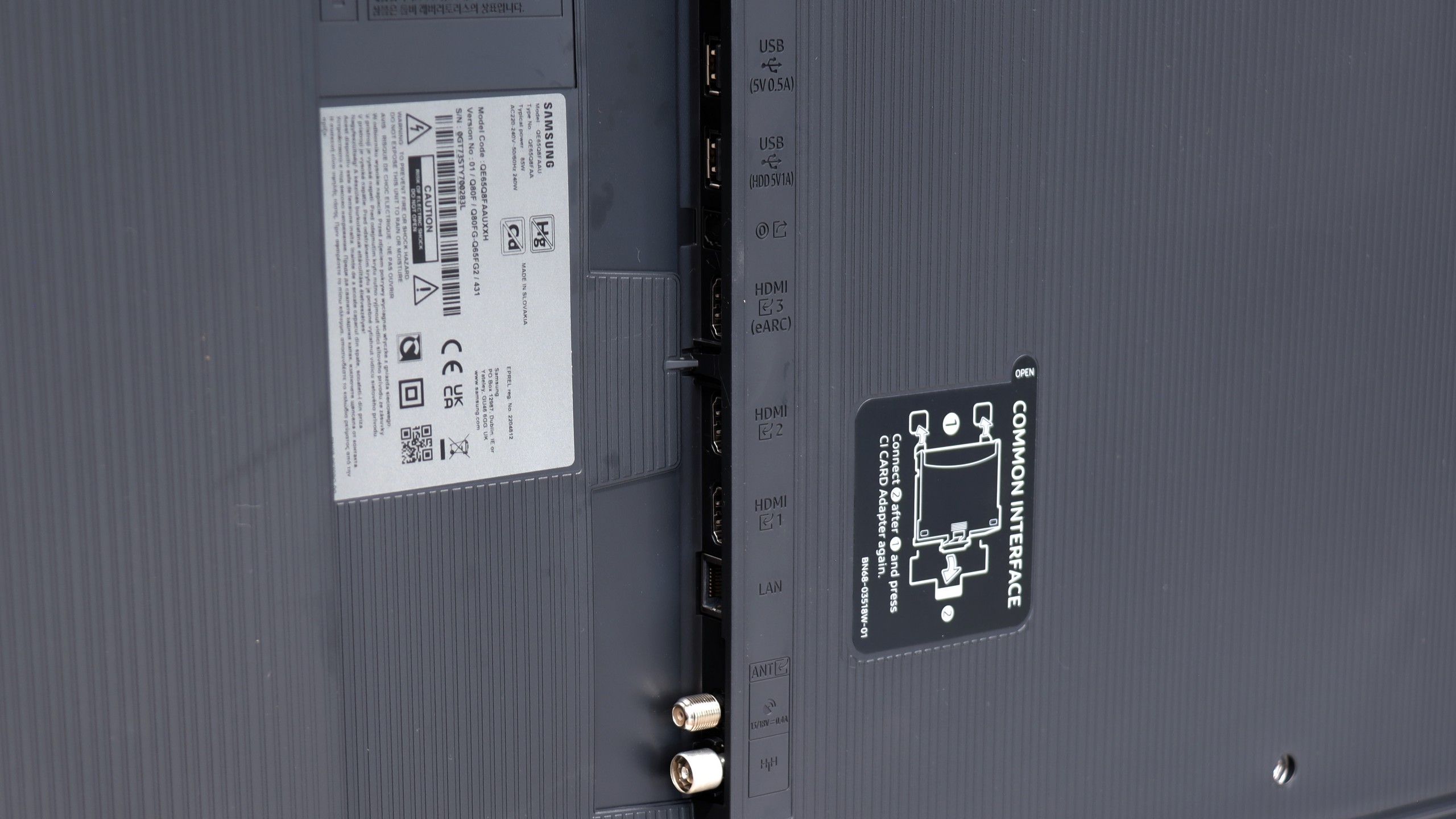
TCL C75B is a television that is primarily based on the Google TV system. The platform offers access to most popular applications, such as Netflix, YouTube, and Prime Video, which makes it great for watching content from the internet. However, it should be mentioned that the system can sometimes be slightly laggy, which may be noticeable during everyday use.
In terms of smart features, the C75B performs well. Voice control with the help of the built-in assistant works efficiently, and thanks to AirPlay and Miracast, it is easy to stream content from your phone or laptop. Bluetooth allows you to connect headphones, controllers, or other devices without any major issues.
However, if someone is counting on traditional television features, they may be disappointed. There is no option to record programmes onto a USB drive, nor is there a picture-in-picture (PiP) feature. TCL has been omitting such features for some time, which may not appeal to users who primarily use traditional television.
SmartTV Features: Tizen
In terms of smart features, the Q8F does not lag behind what Samsung has accustomed us to. On board, we have the Tizen system – fast, intuitive, and well integrated with other devices. AirPlay, screen mirroring, and simple voice commands work seamlessly, so the basics are checked off perfectly. Additionally, there is SmartThings, an app that turns the television into the centre of a home ecosystem. You can connect a washing machine, vacuum cleaner, light bulbs, or speakers and control everything from one place, including the television. There is also no shortage of apps within Tizen for watching films or series – Netflix, YouTube, Disney+, and Prime Video are readily available. However, it is worth noting that Tizen is a closed system, so anyone hoping to install less popular programmes may be disappointed.
Traditional Television
Traditional television fares worse. The Q8F will simply act as a screen here – it will display the image, but we won't find additional functions such as USB recording or PiP mode. The remote is small and strongly minimalist. It looks modern and can be charged with solar batteries on the back cover or via USB-C, but it must be recognized that it may not appeal to everyone – particularly older users may miss traditional buttons. However, it must be noted honestly that Samsung has been consistently steering its televisions (as has the competition, which copies some of their ideas) towards the smart home, rather than towards equipment "for grandparents." Considering the tremendous popularity of the brand, it can be assumed that most users, even the older ones, have already got used to the fact that the era of remotes with a full array of rubber buttons is slowly coming to an end.
Playing files from USB
9.2/10
9.1/10
Supported photo formats:
Maximum photo resolution:

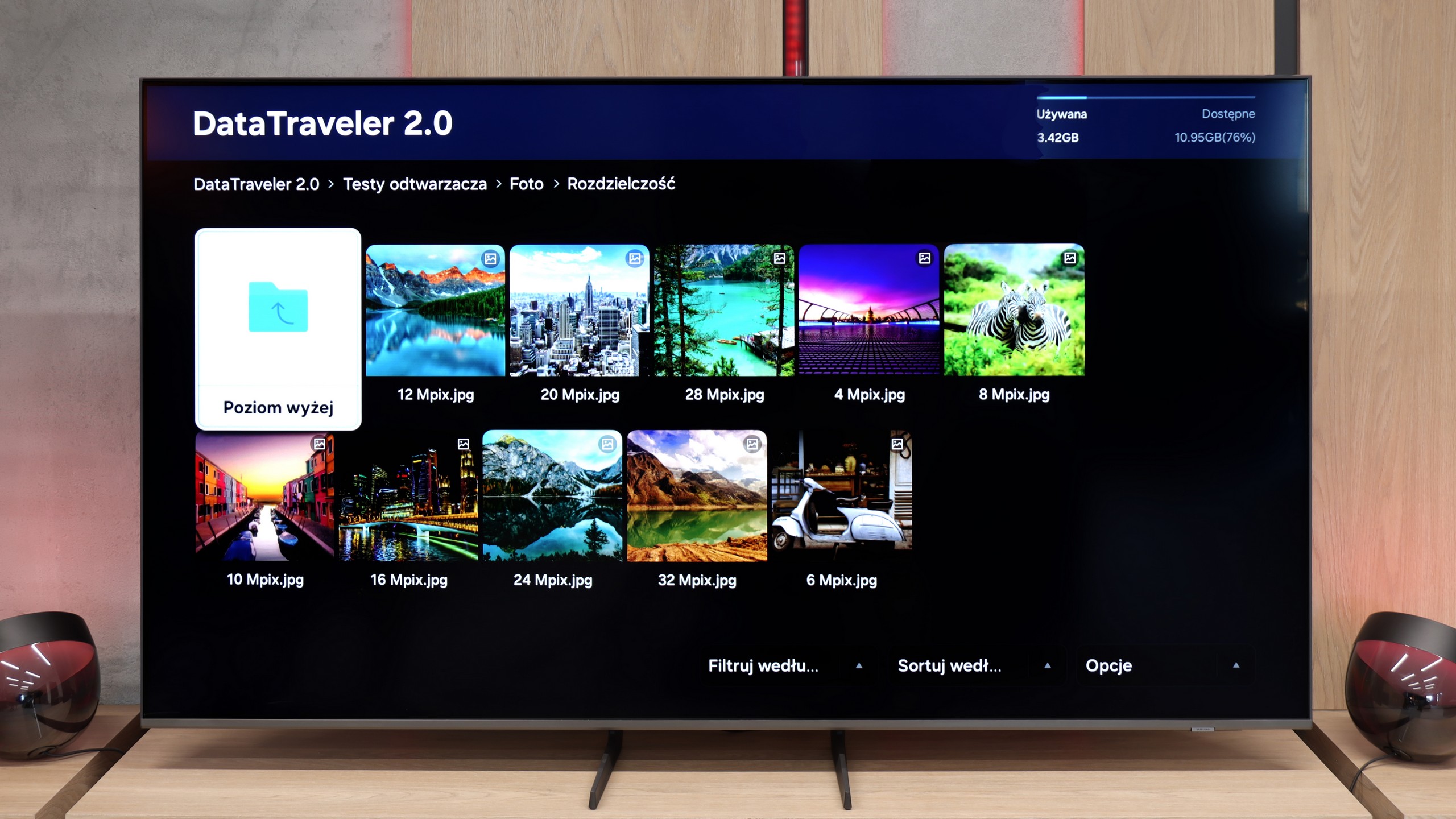
The built-in media player in the TCL C75B works really well. It handles most popular photo and audio formats without any issues. Although there are some shortcomings in supporting certain formats, thanks to Google TV, you can easily install an alternative player that will resolve this issue.
Samsung Q8F handles playing files from USB quite efficiently. It supports virtually all popular video formats as well as photos, so you can easily load a holiday video or a family album. There are occasional exceptions with less common photo formats, but the most important JPEG works perfectly, which will be crucial for the majority of users. It's just a pity that Tizen does not allow for the installation of alternative players, such as VLC. Even then, less popular formats would not pose any problem.
Apps
9.6/10
8.7/10














































Sound
6.6/10
6/10
- Maximum volume-84dB
- Dolby Digital Plus 7.1
- Dolby True HD 7.1
- Dolby Atmos in Dolby Digital Plus (JOC)
- Dolby Atmos in Dolby True HD
- DTS:X in DTS-HD MA
- DTS-HD Master Audio
The sound on the TCL C75B is really pleasant, especially at lower volume levels. The bass is noticeable and enhances the sound nicely, but only up to about 40% volume. At higher settings, problems start to arise – the bass causes unpleasant vibrations, and the speakers begin to crackle. If we plan to frequently use higher volume levels, it is worth considering purchasing a soundbar, as the built-in speakers may not cope with more demanding situations.
The sound on the Q8F can be described as acceptable. A slightly defined bass can be heard, but it is really minimal – the slim design of the television simply does not provide space for the pair of 2 × 10 W speakers to spread their wings. This is a typical scenario for most televisions: if someone cares about truly cinematic experiences, it is worth considering a soundbar. Samsung has a really wide range in this category across various budgets, so it's easy to find something suitable. The television itself will work for watching classic TV and series from time to time, but for greater sound excitement, one should not expect much.
Acoustic Measurements
No acoustic data
84dBC (Max)
75dBC
